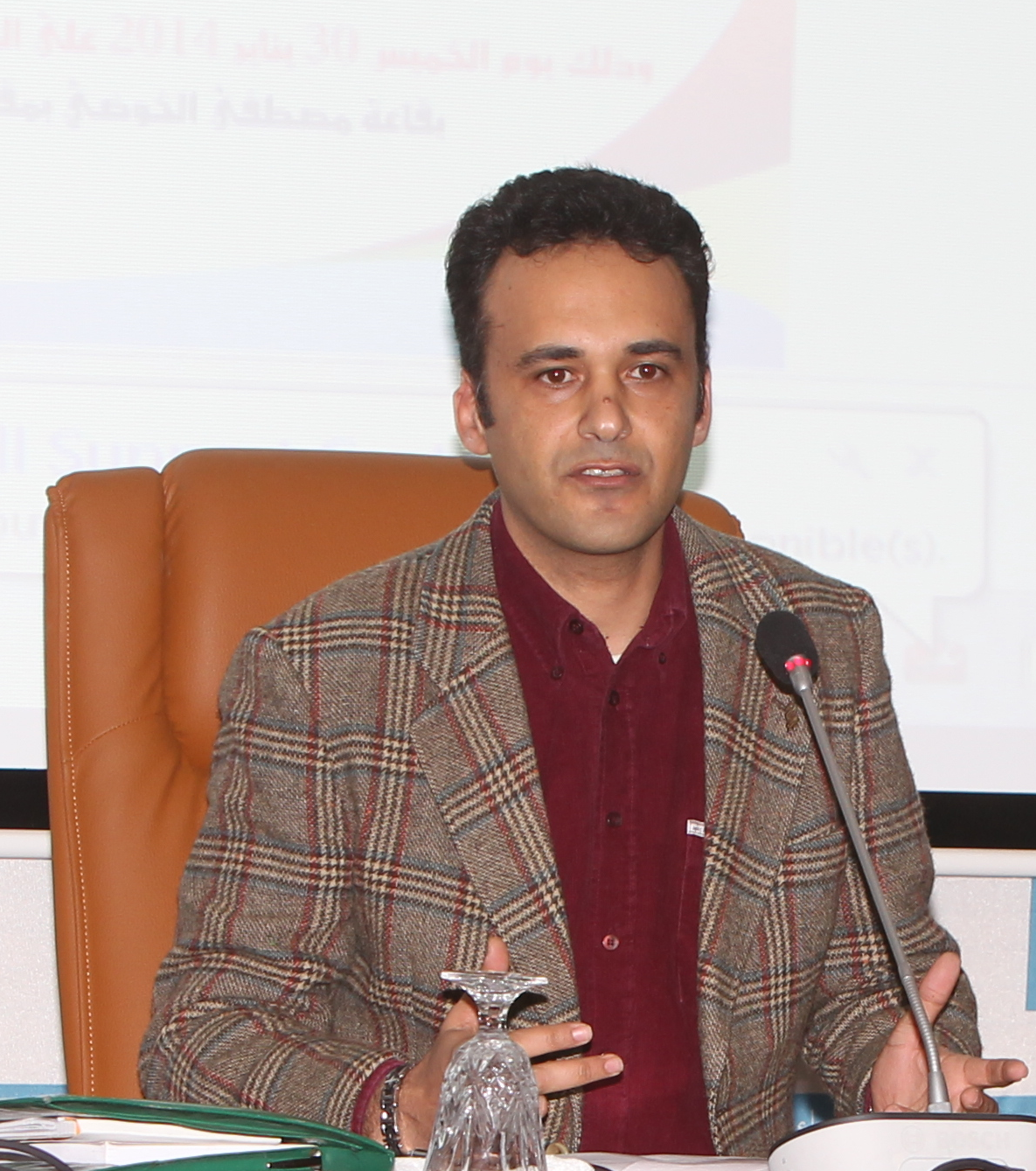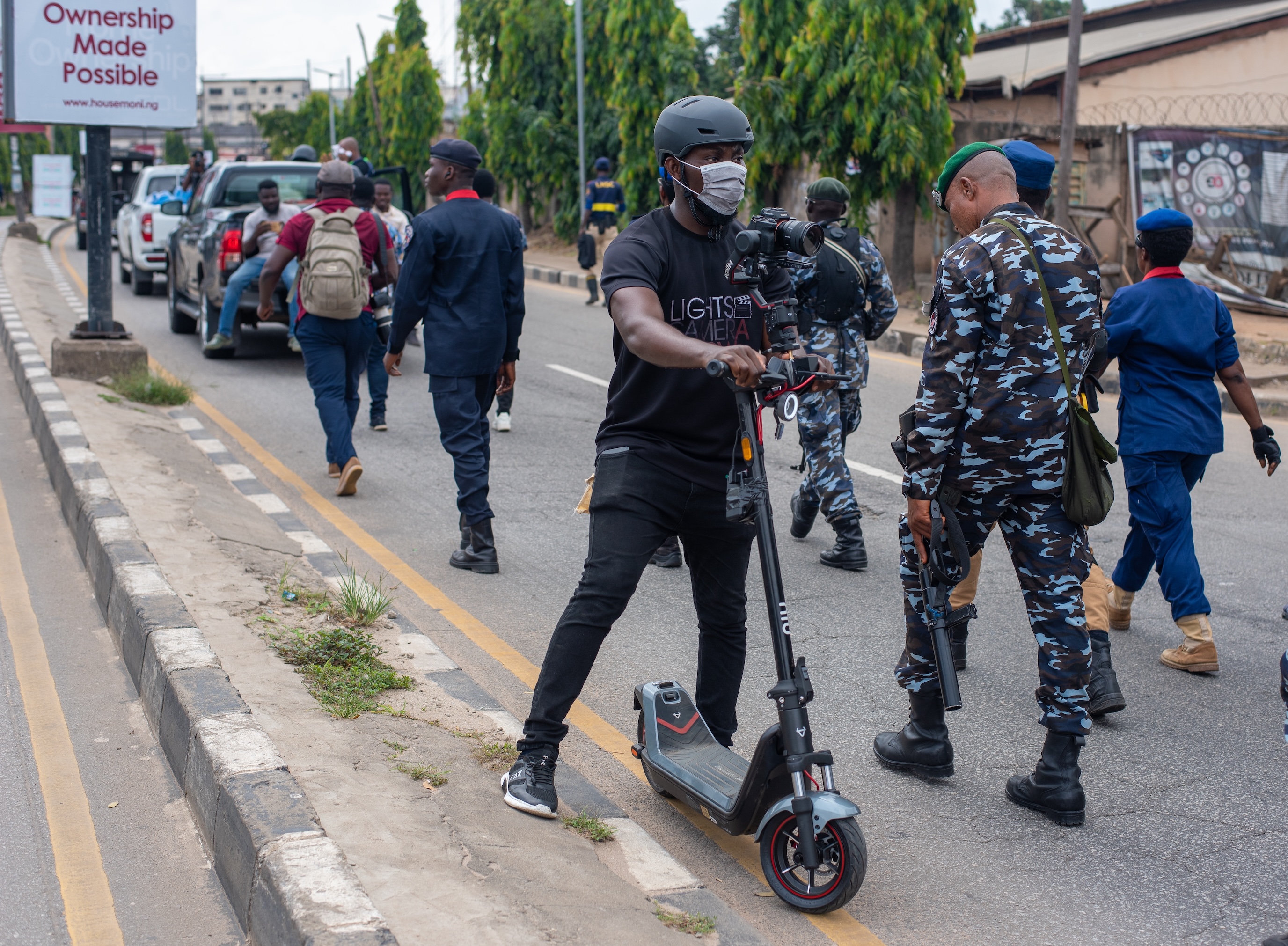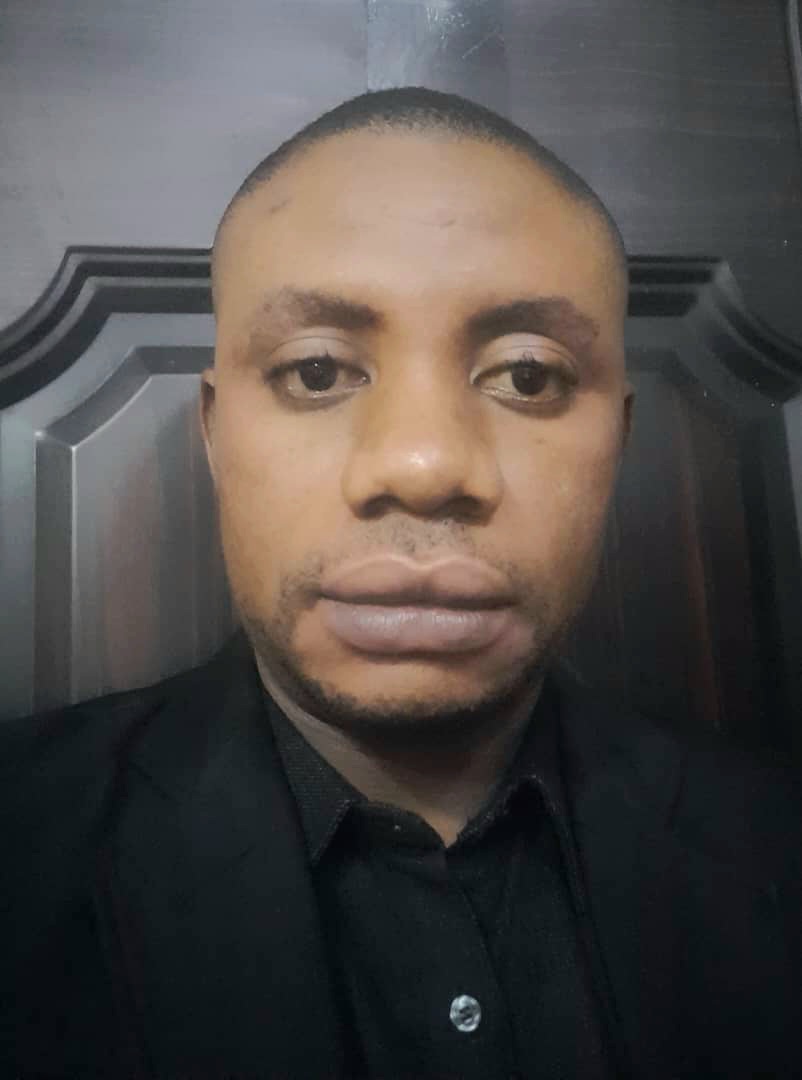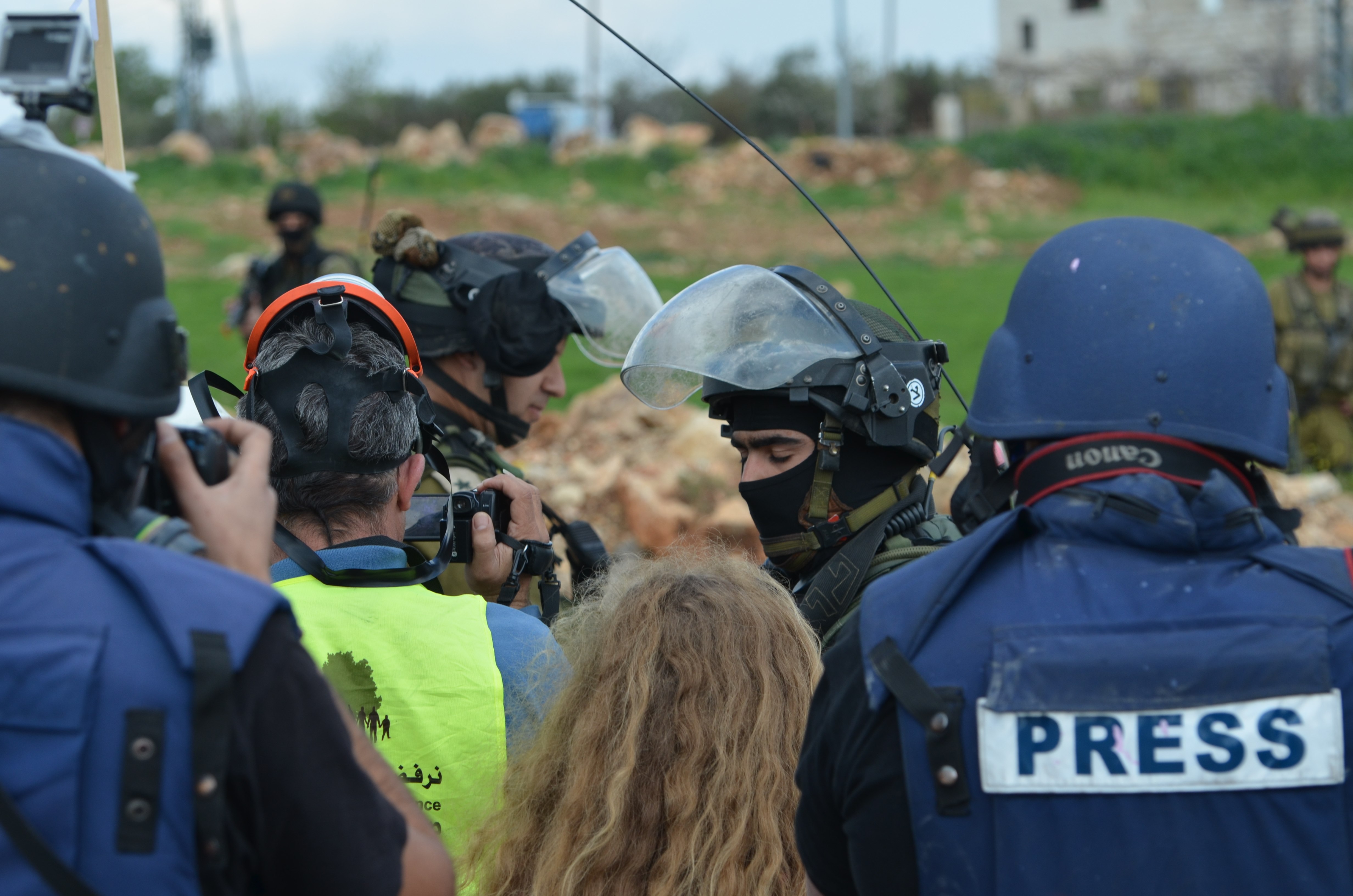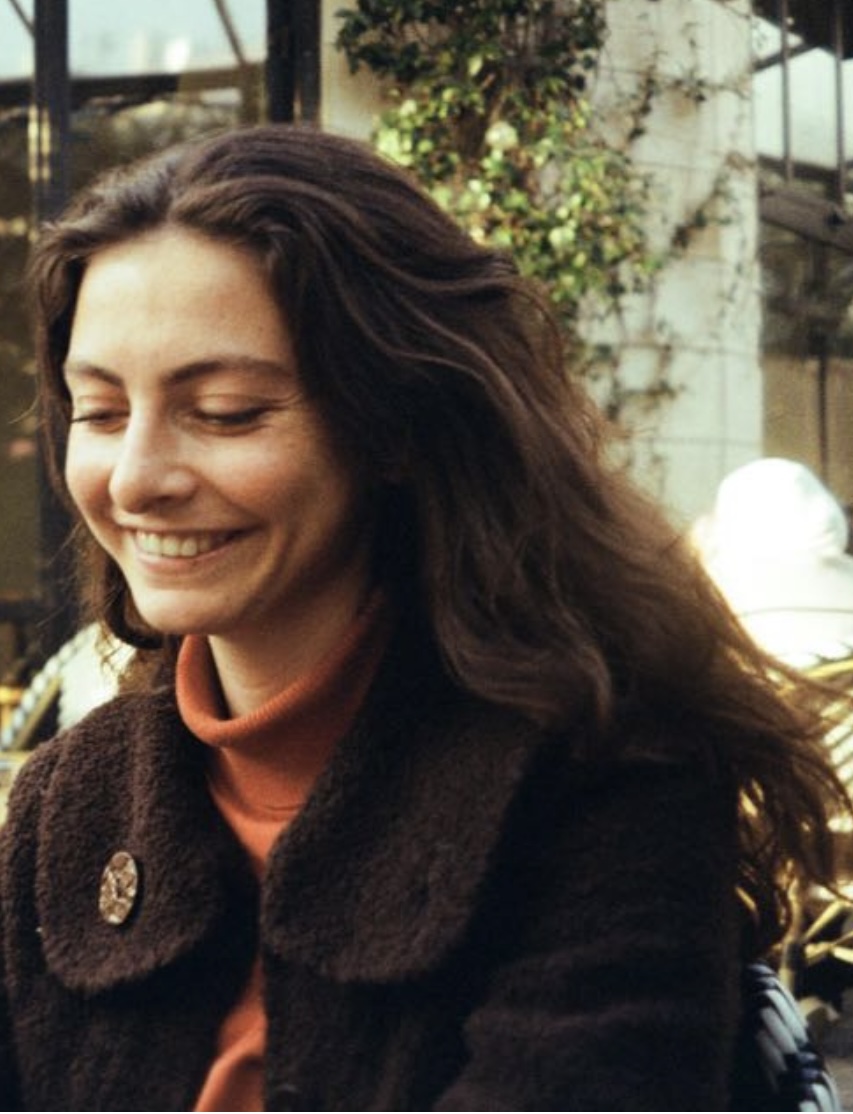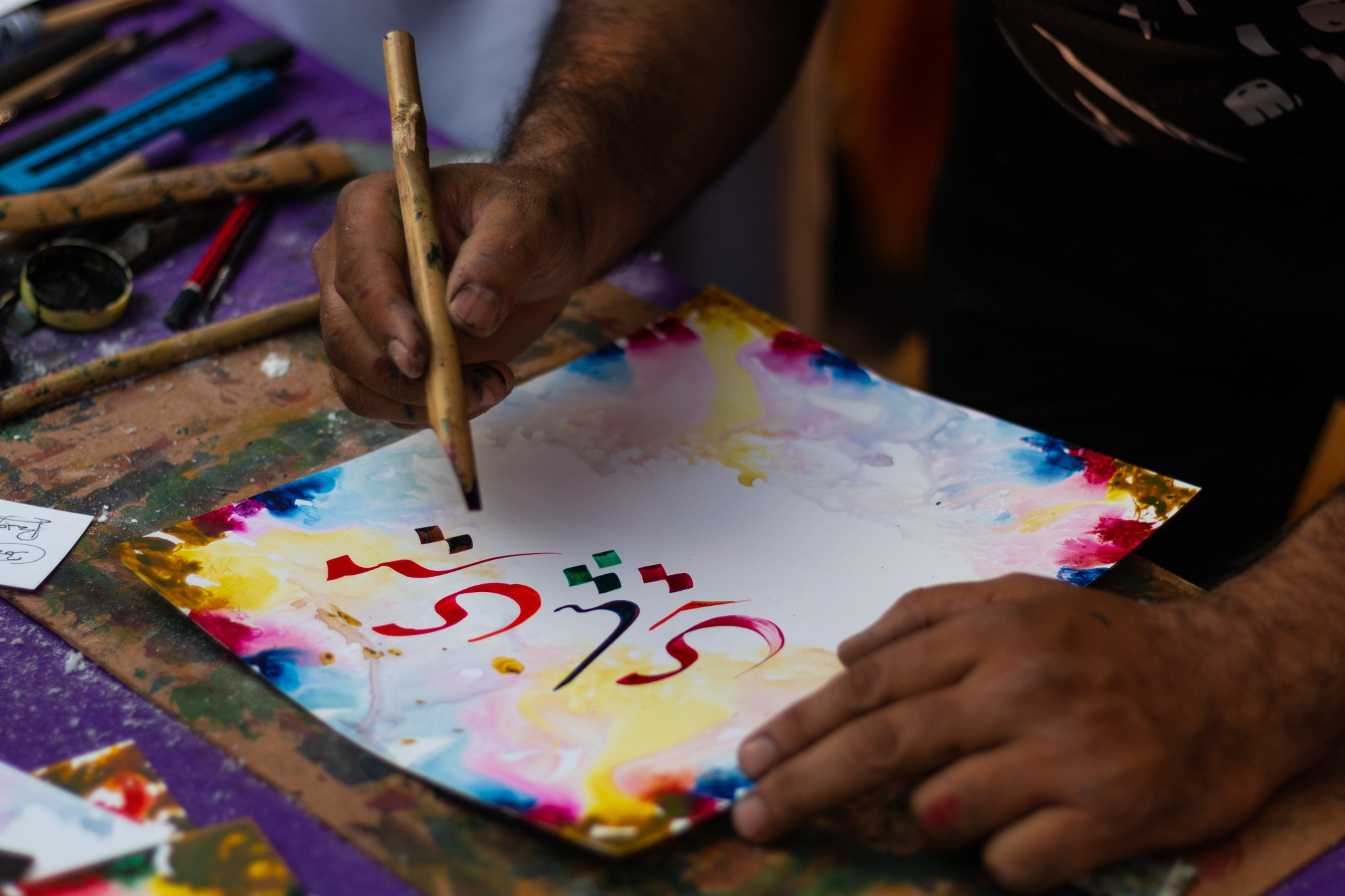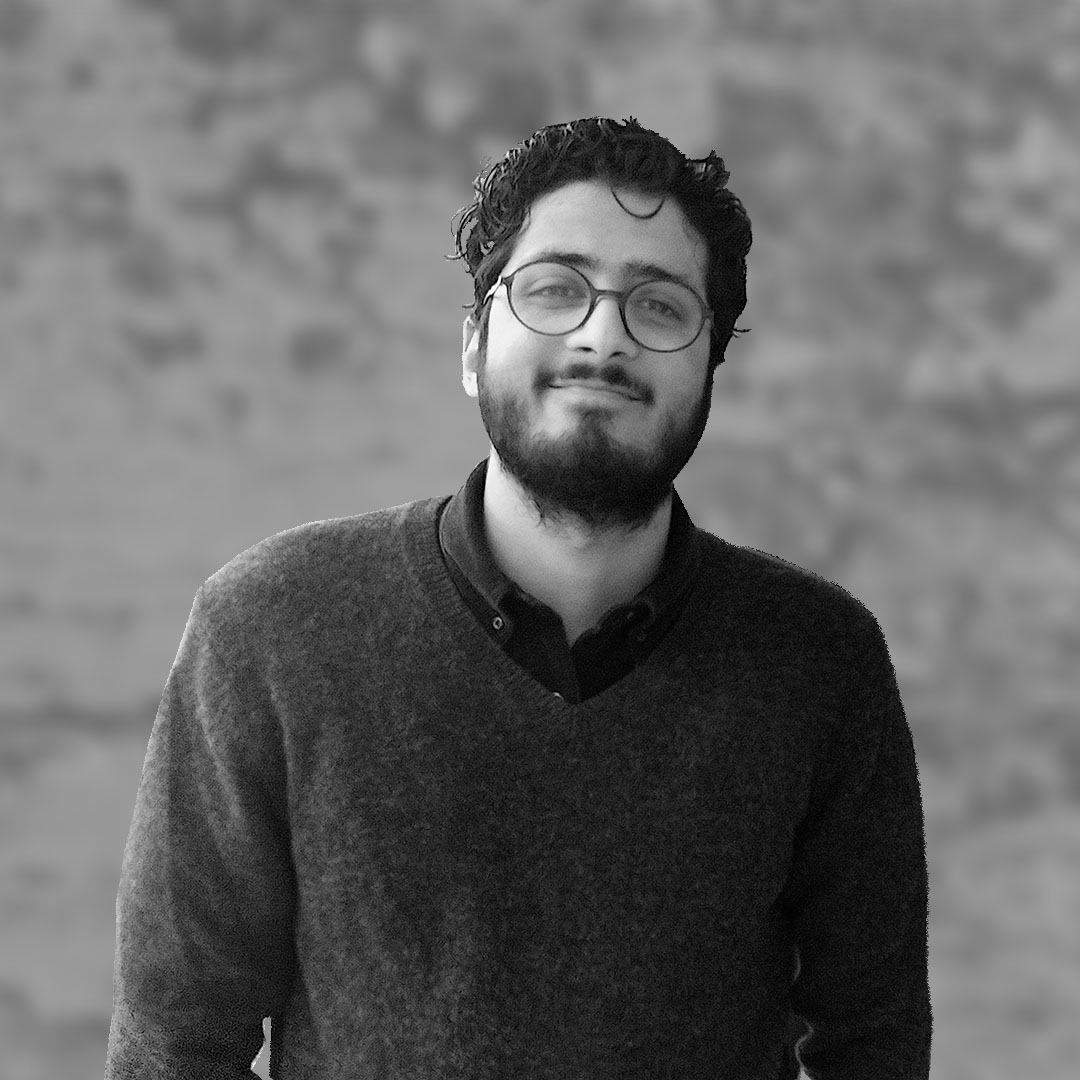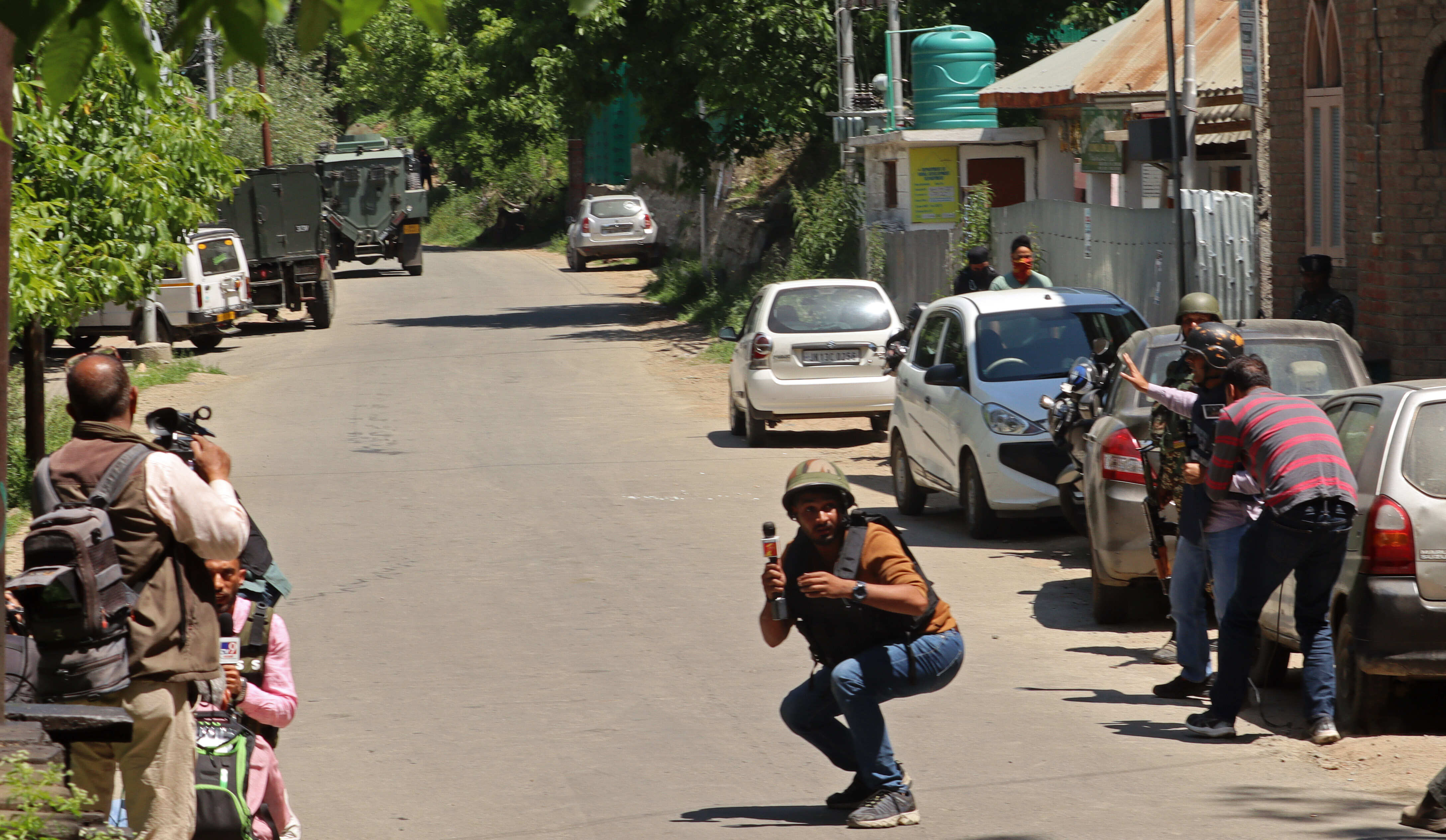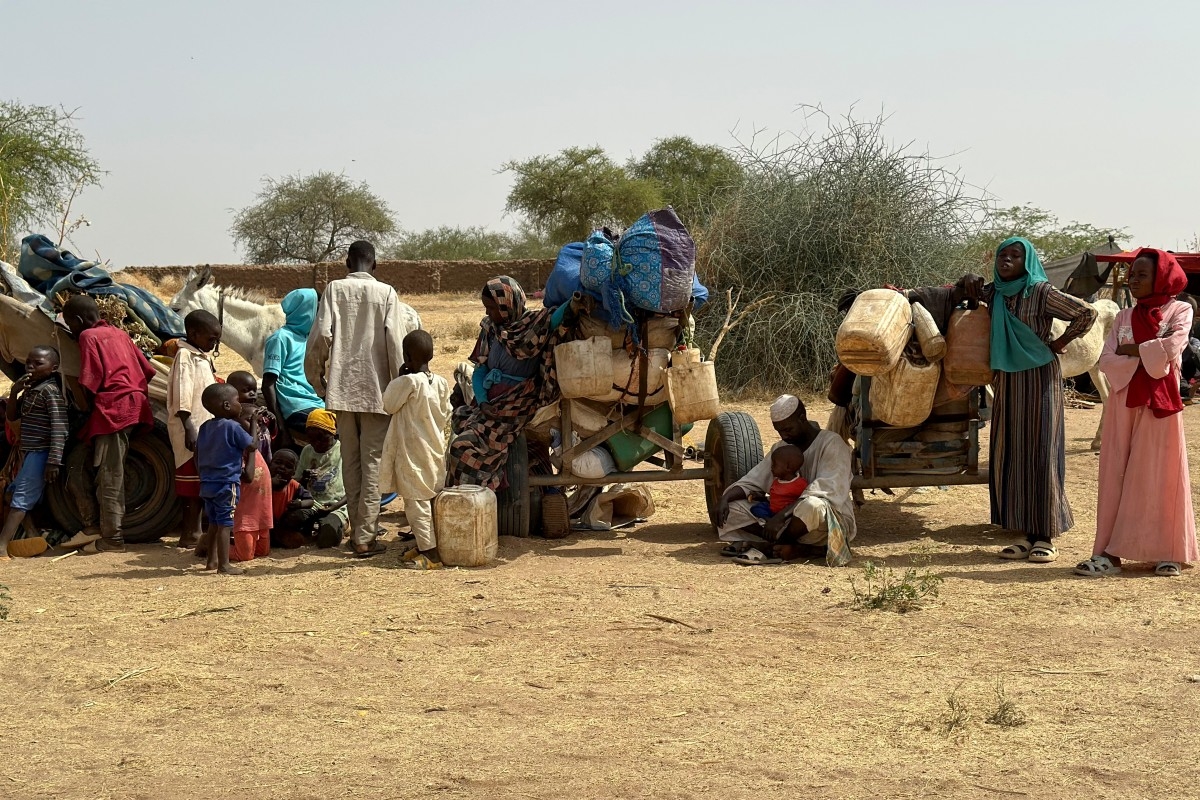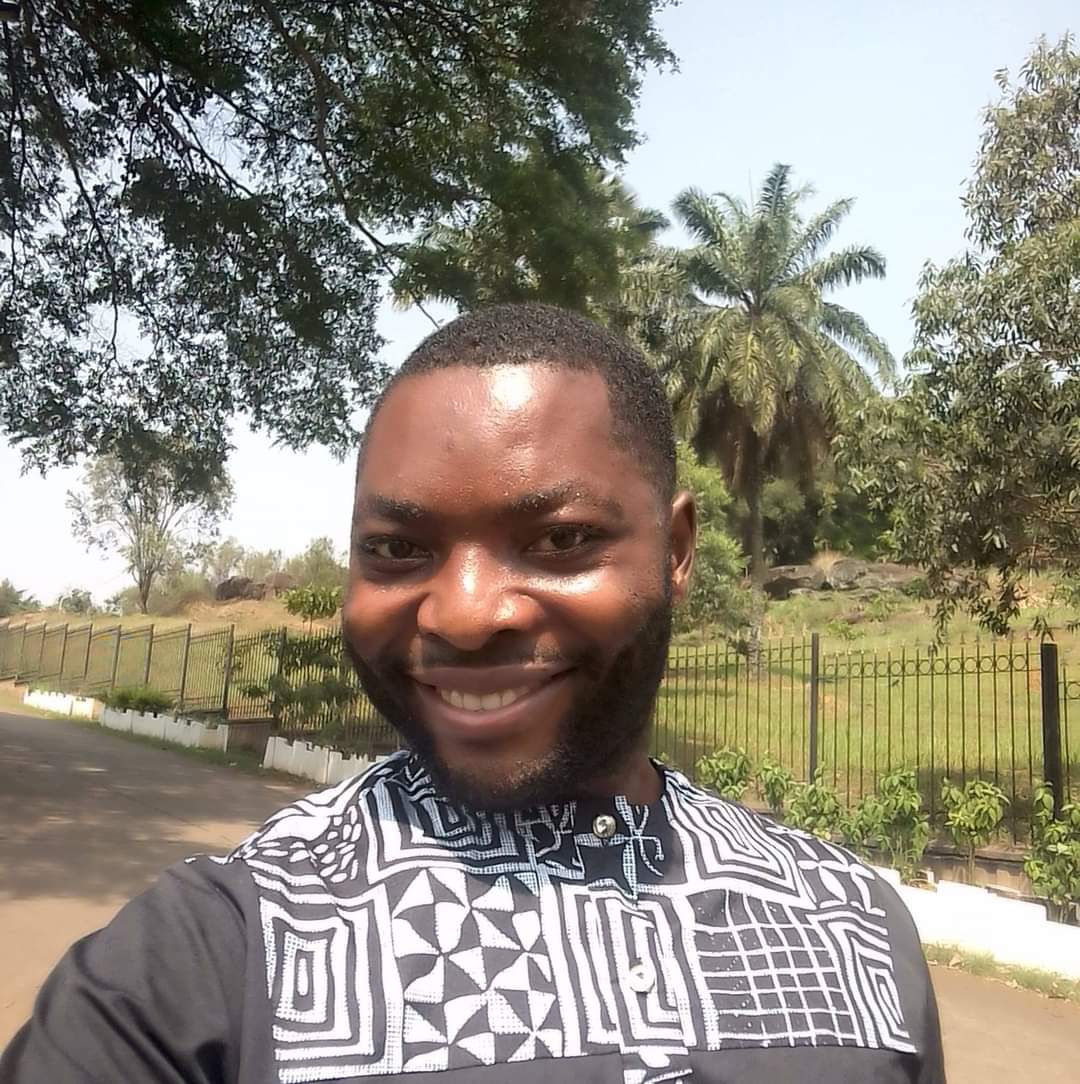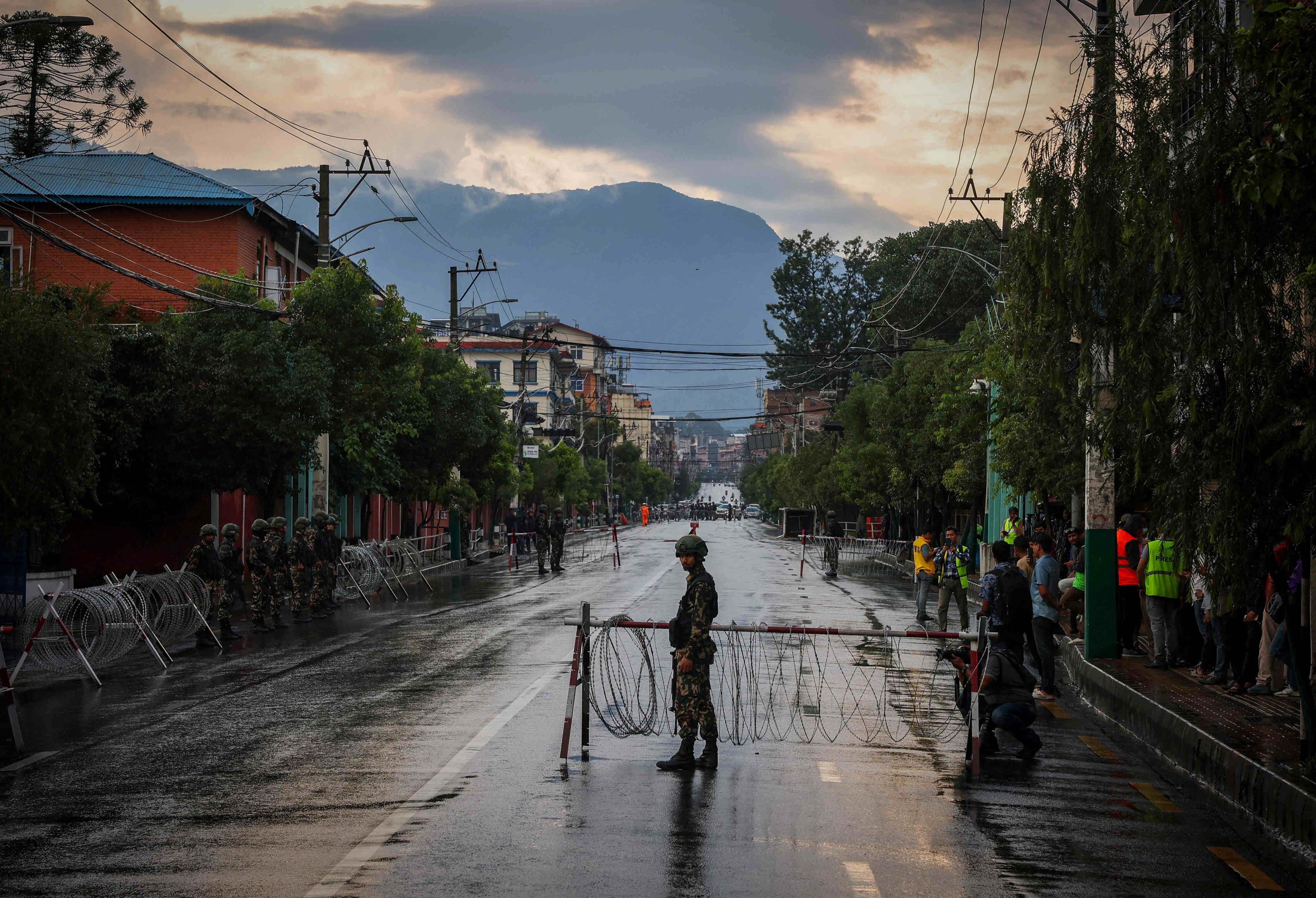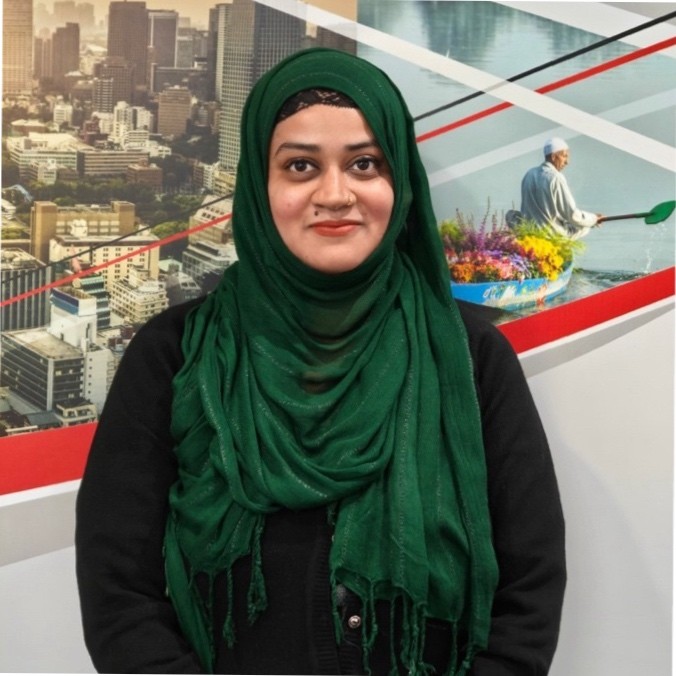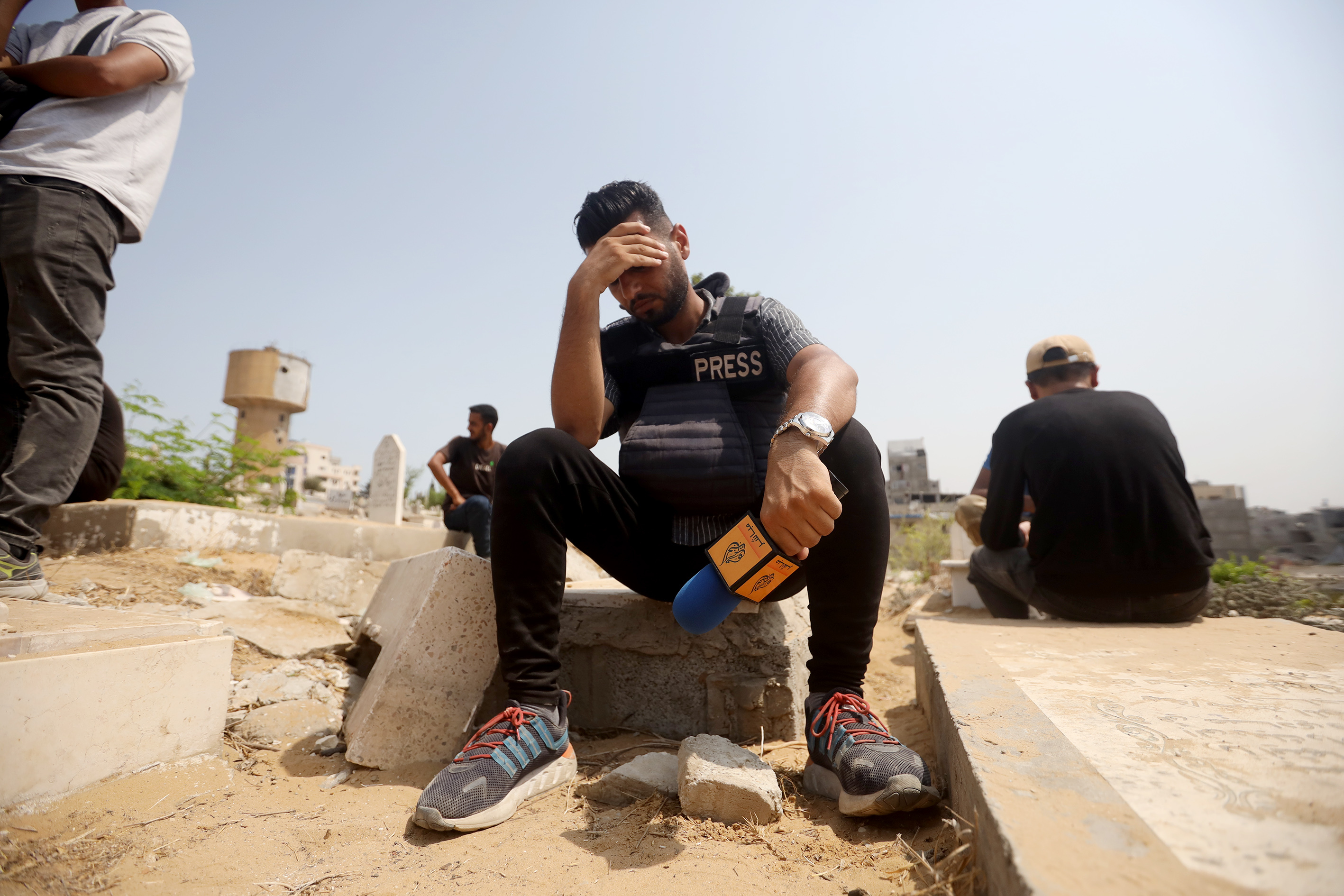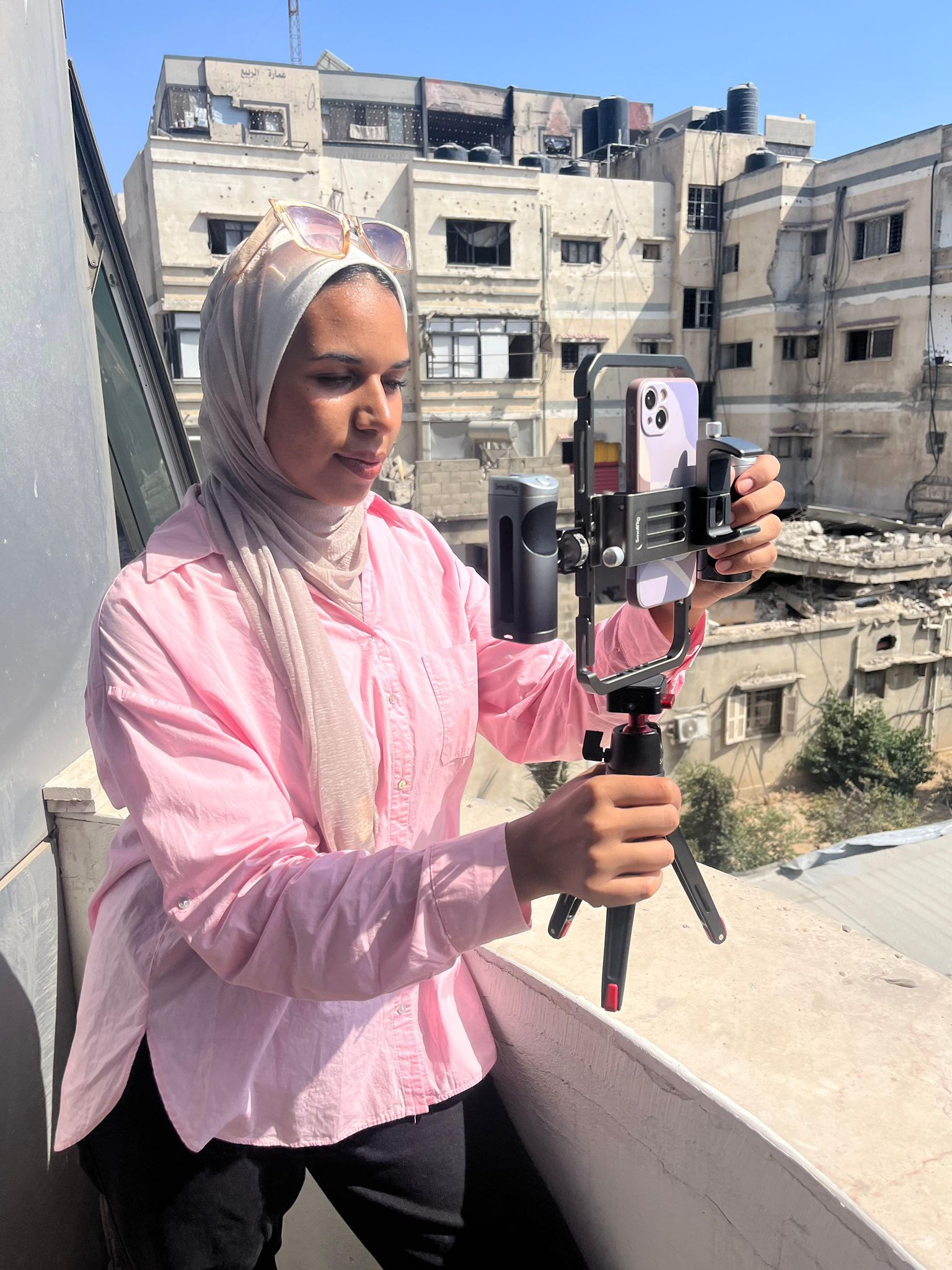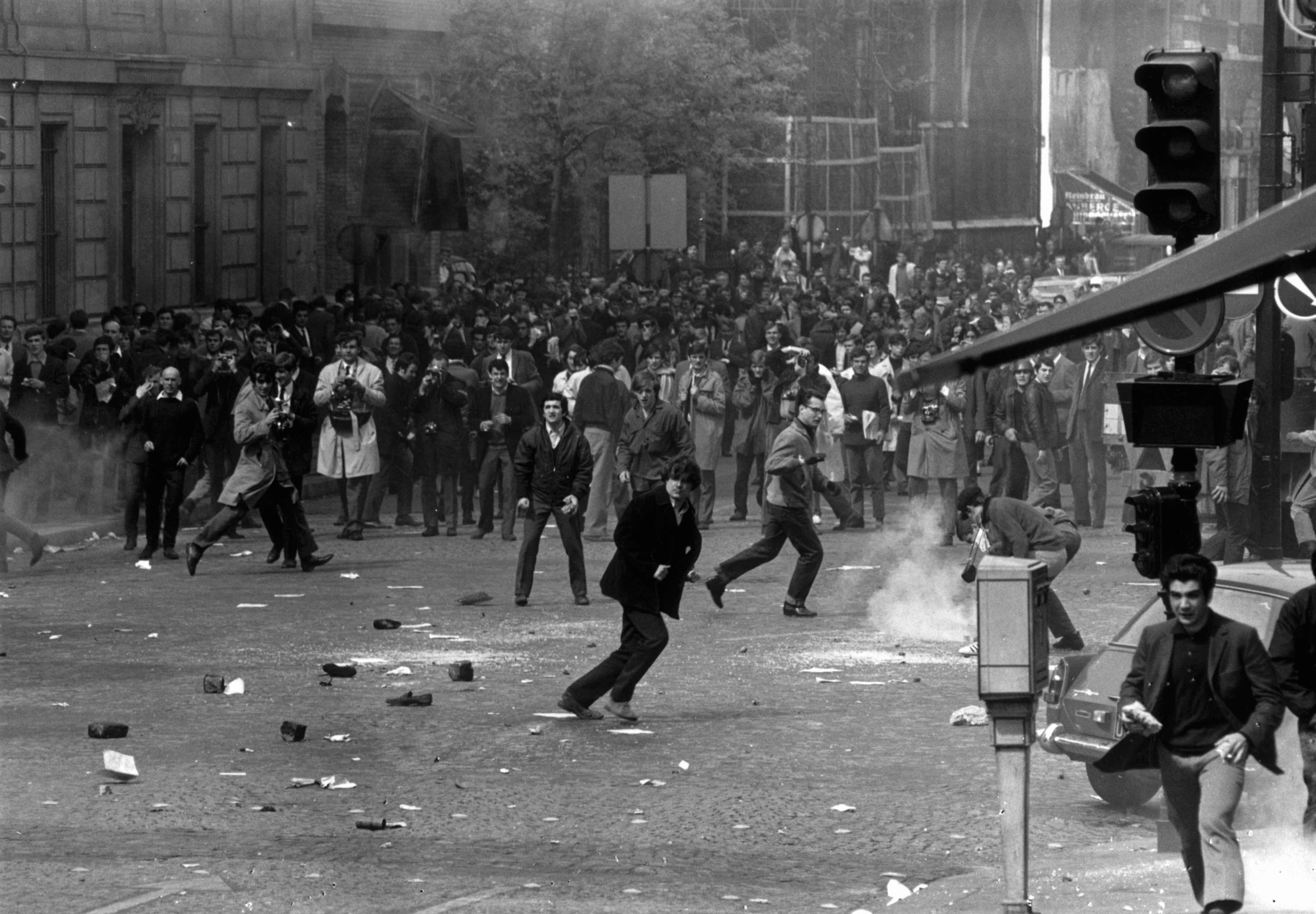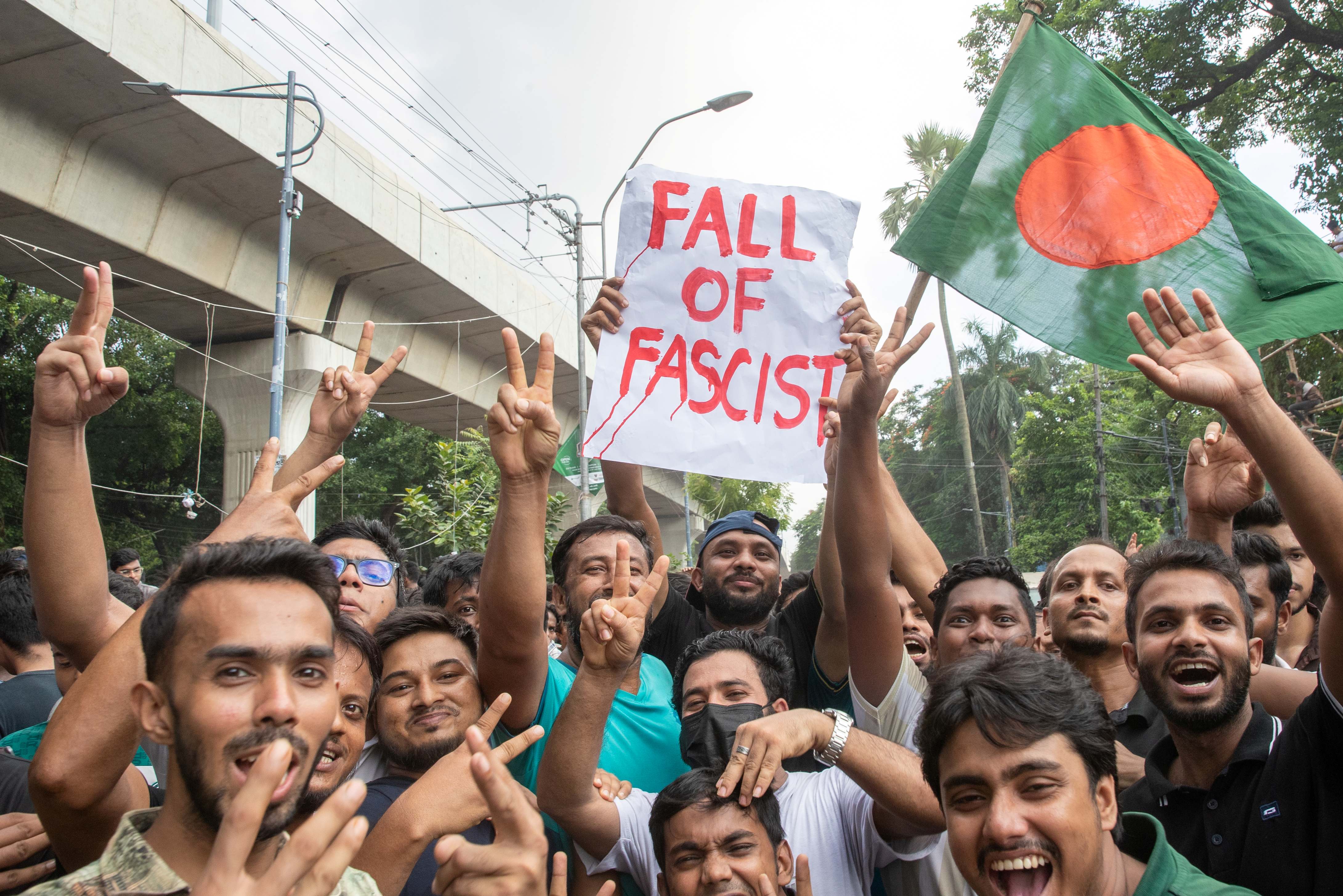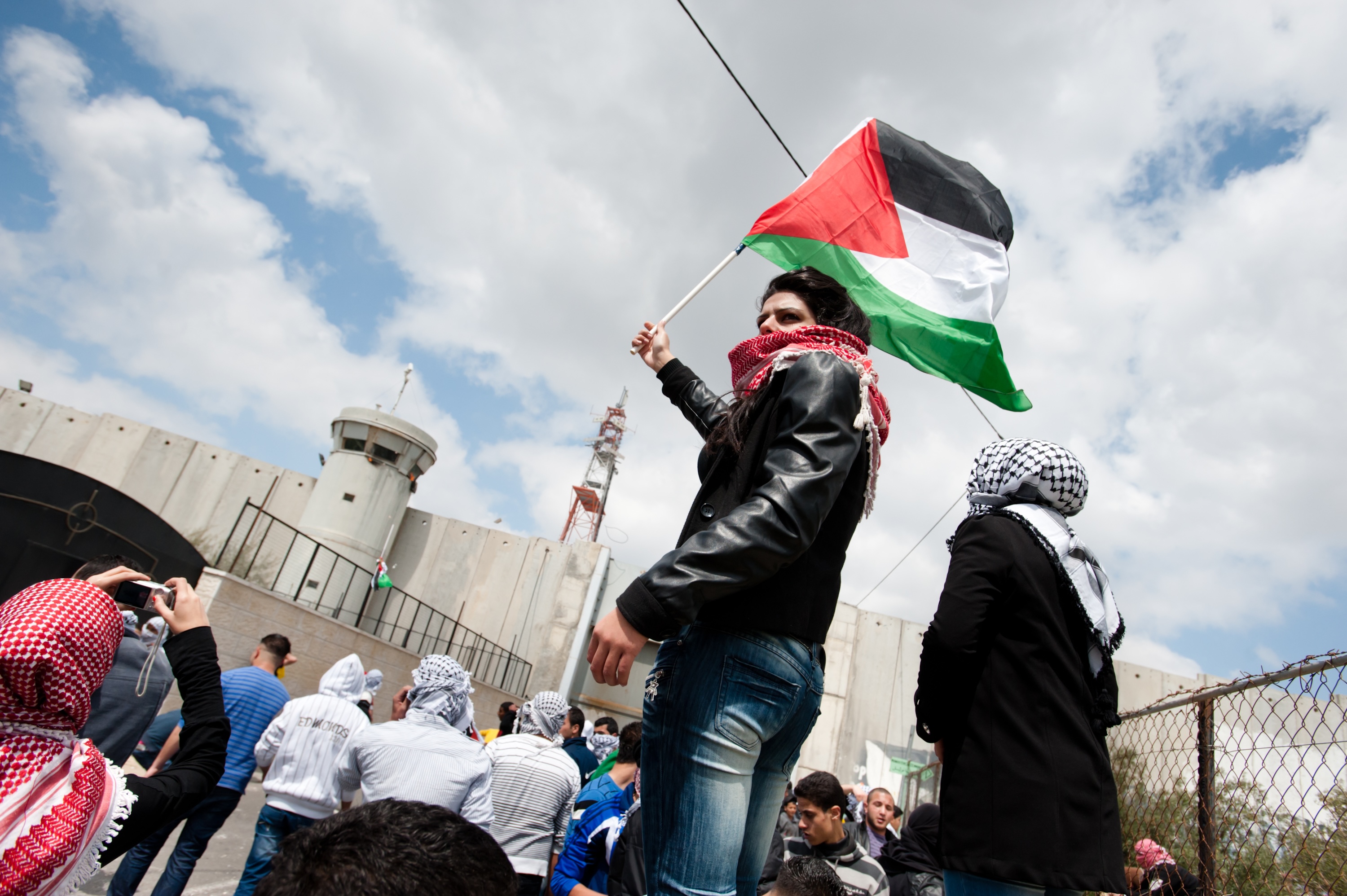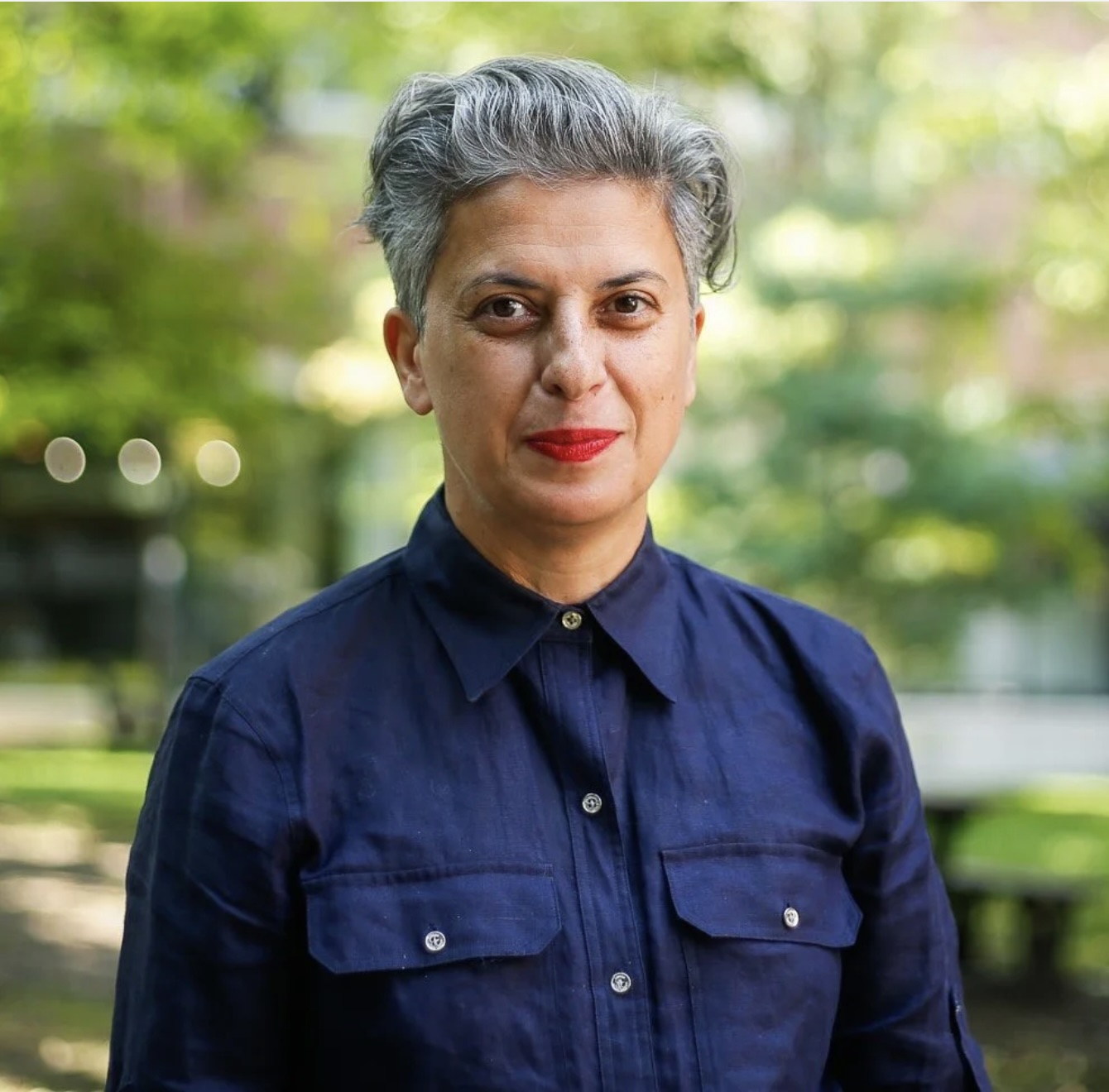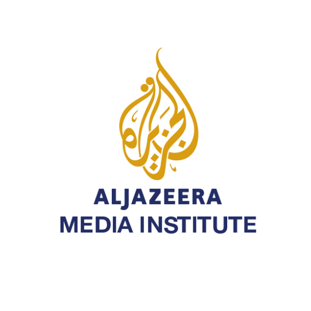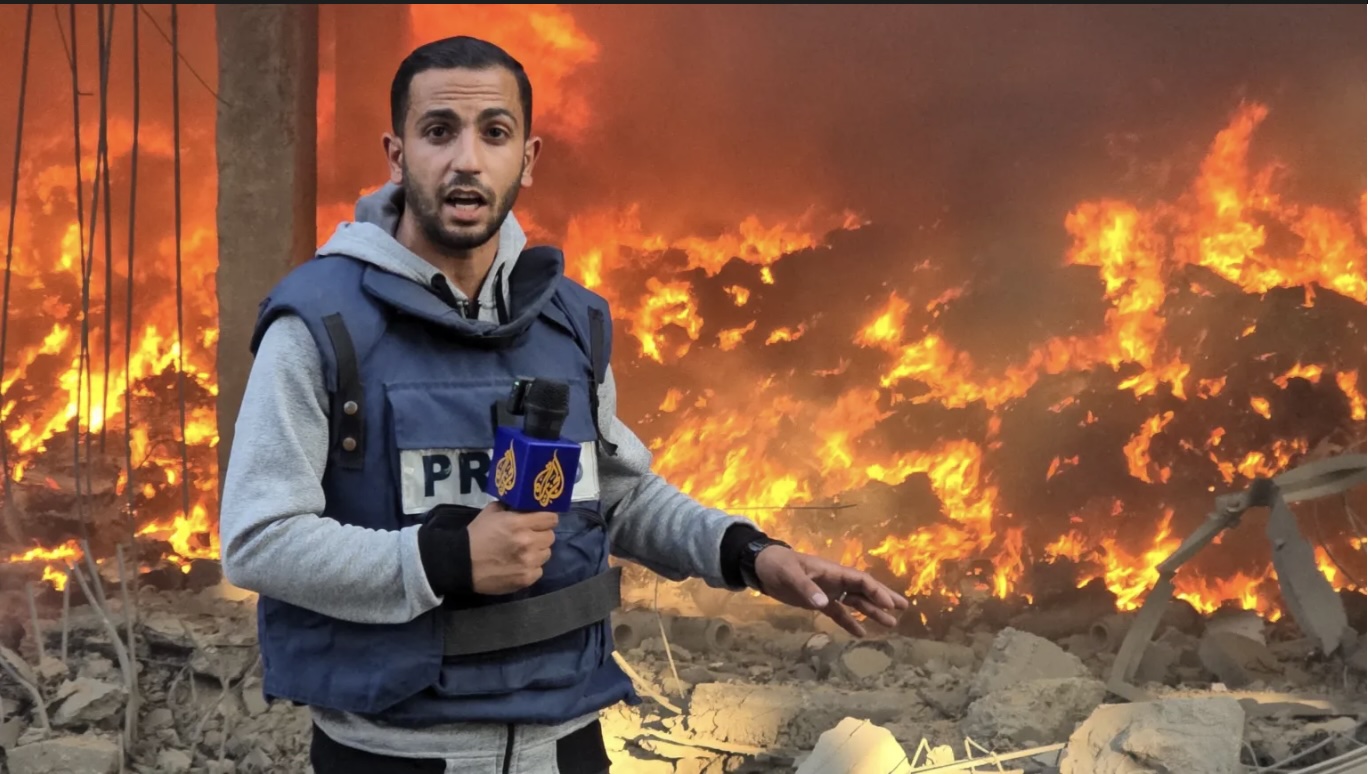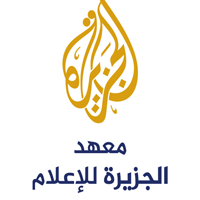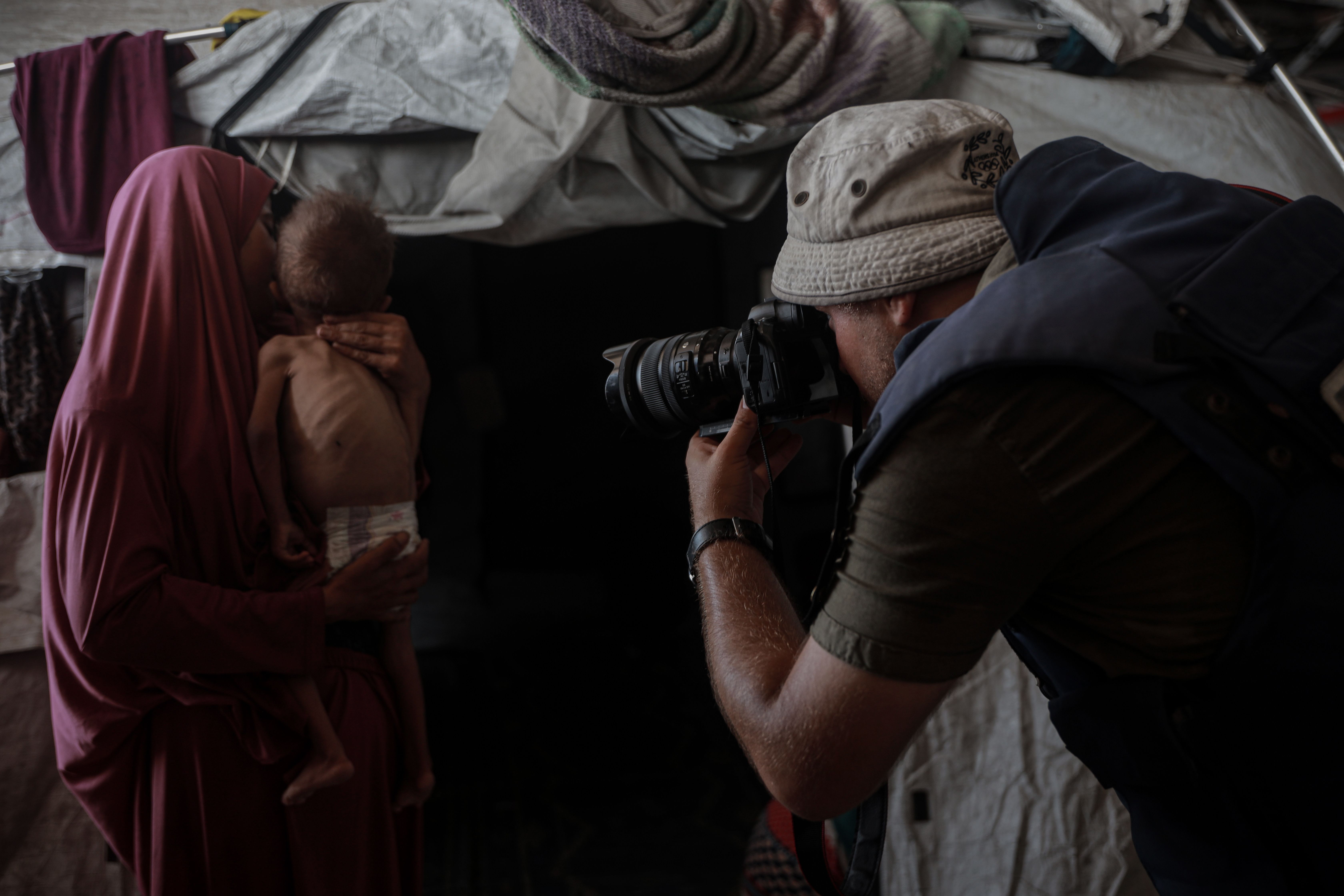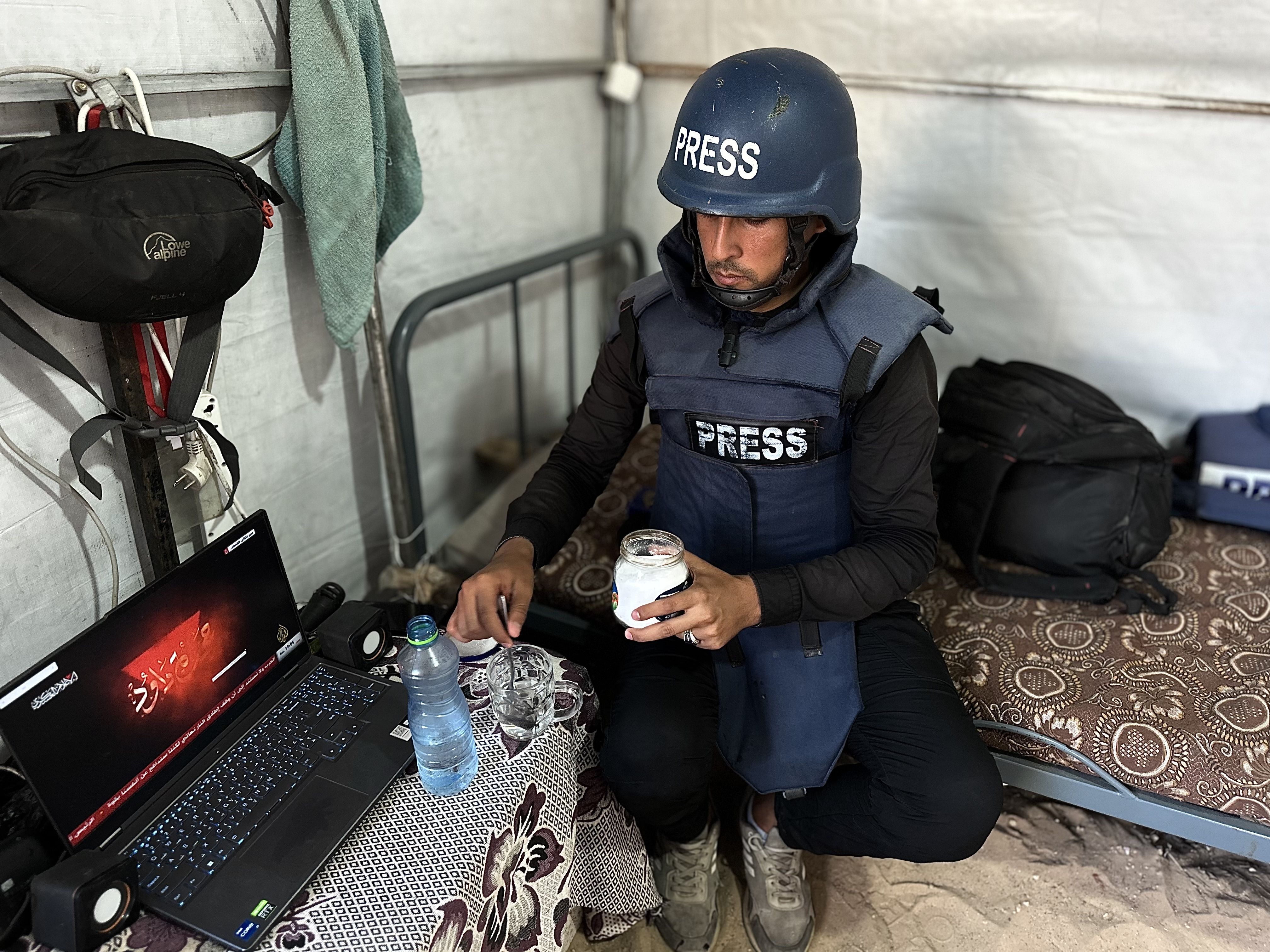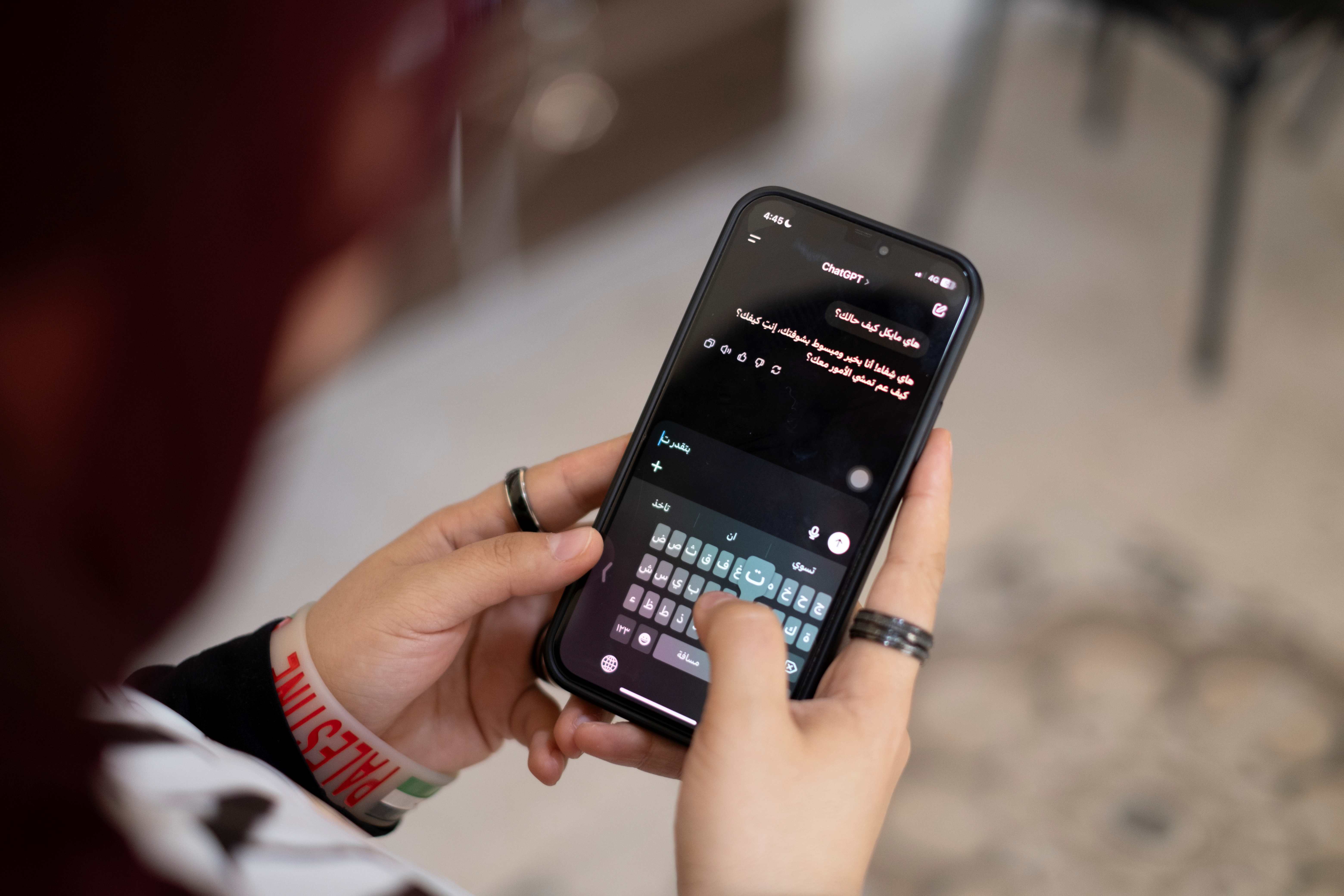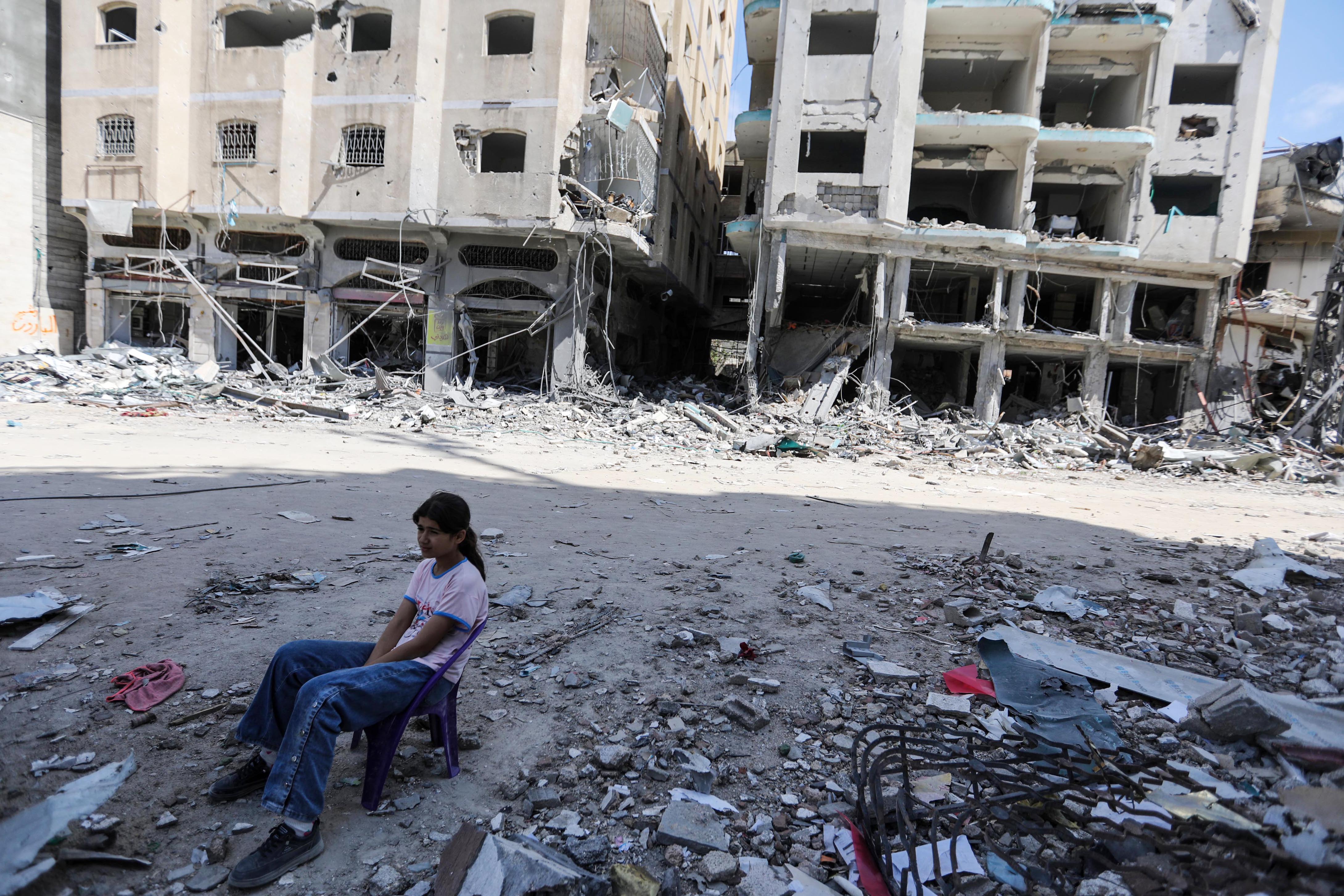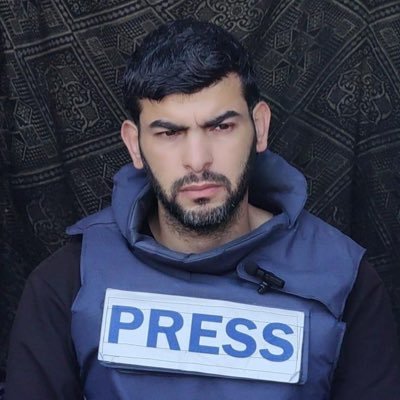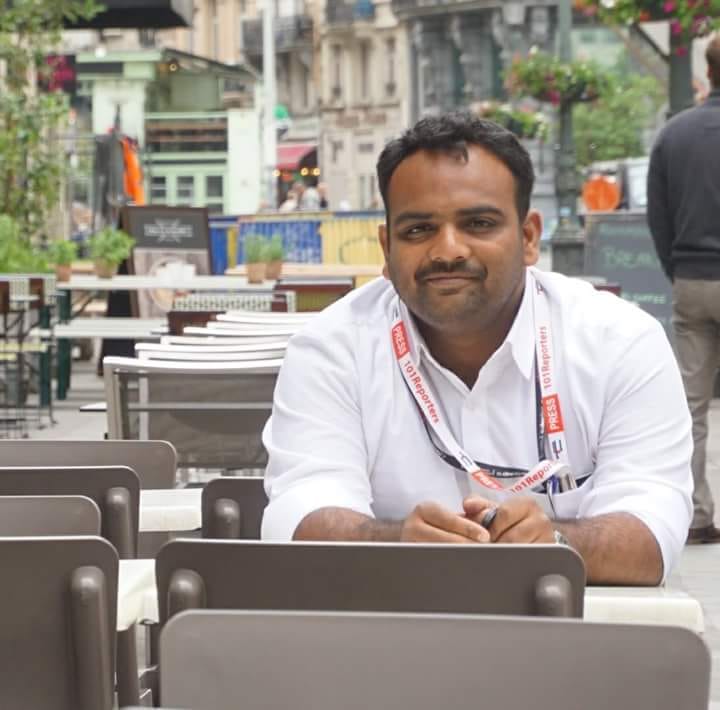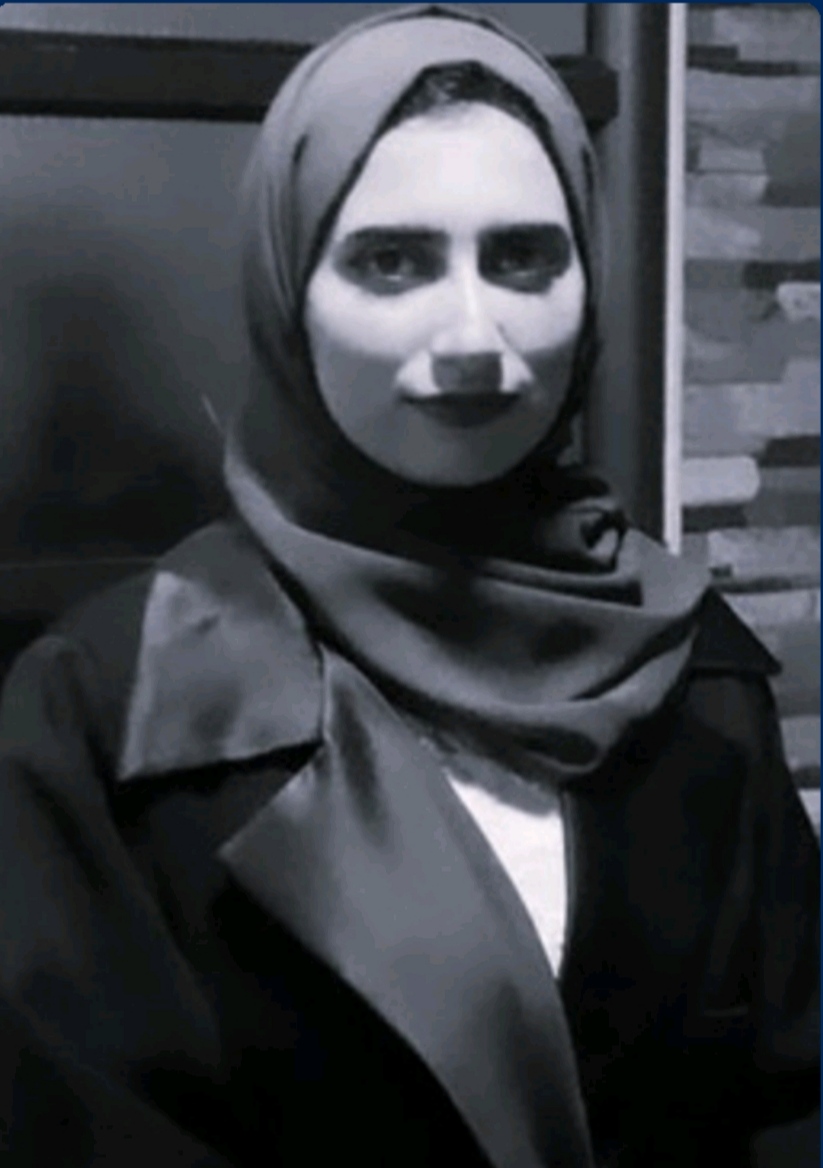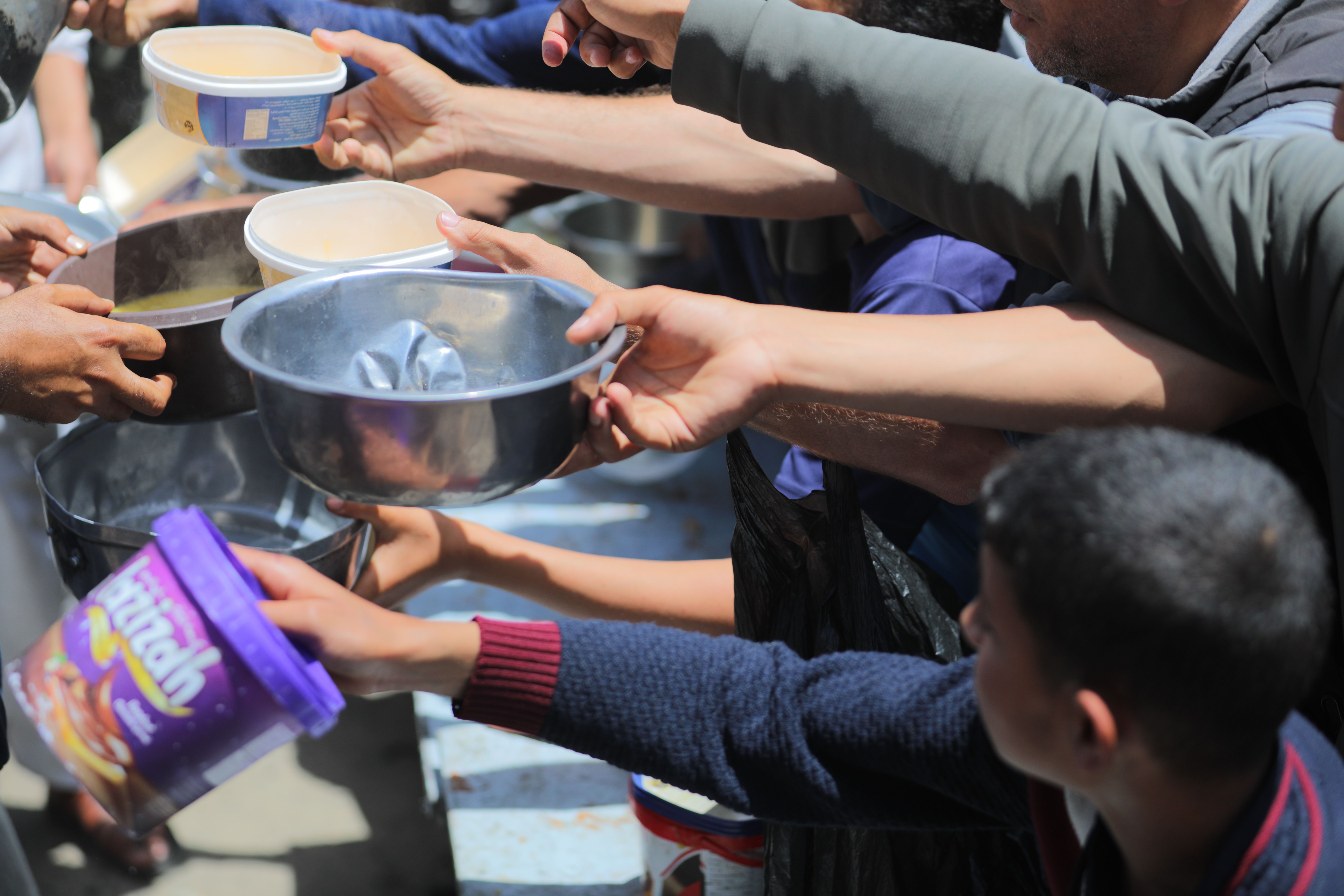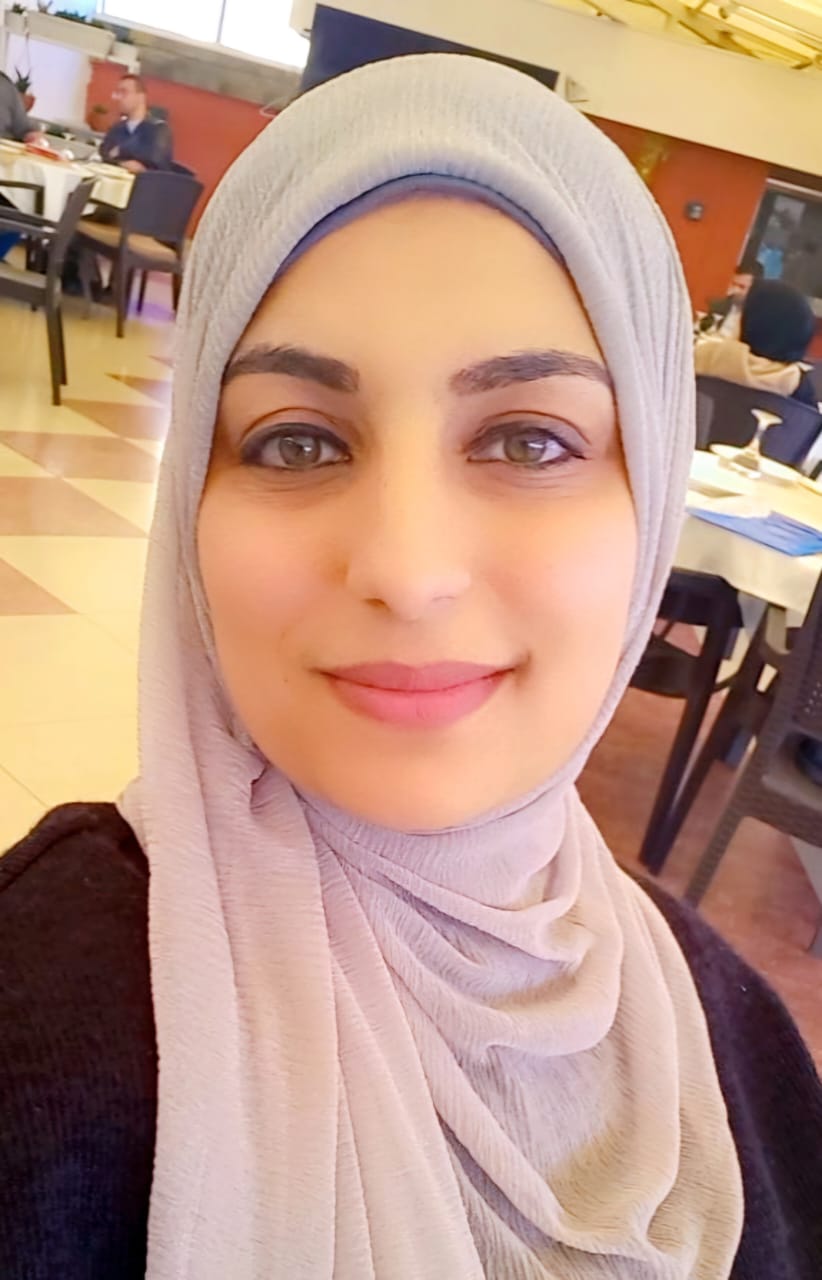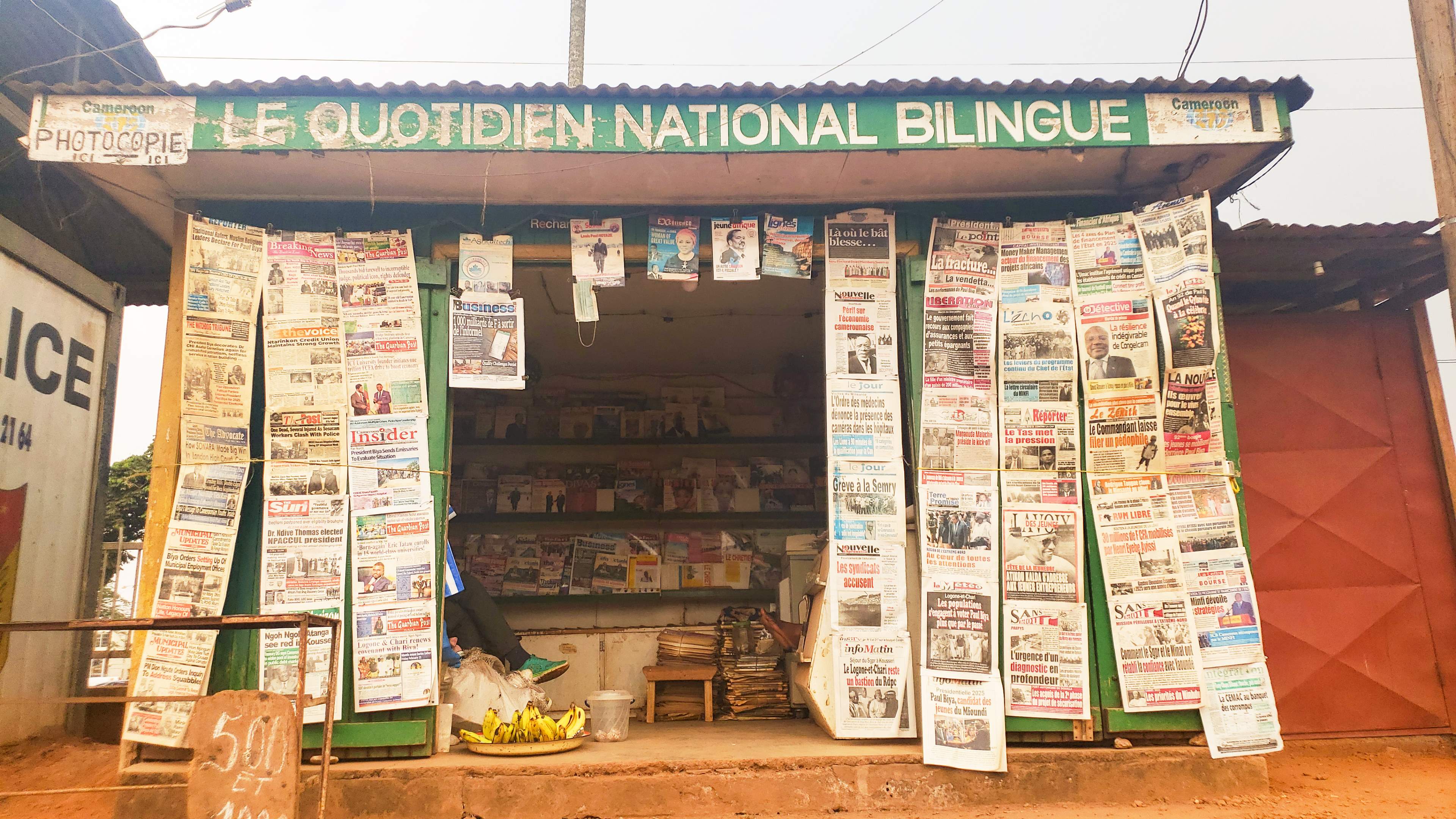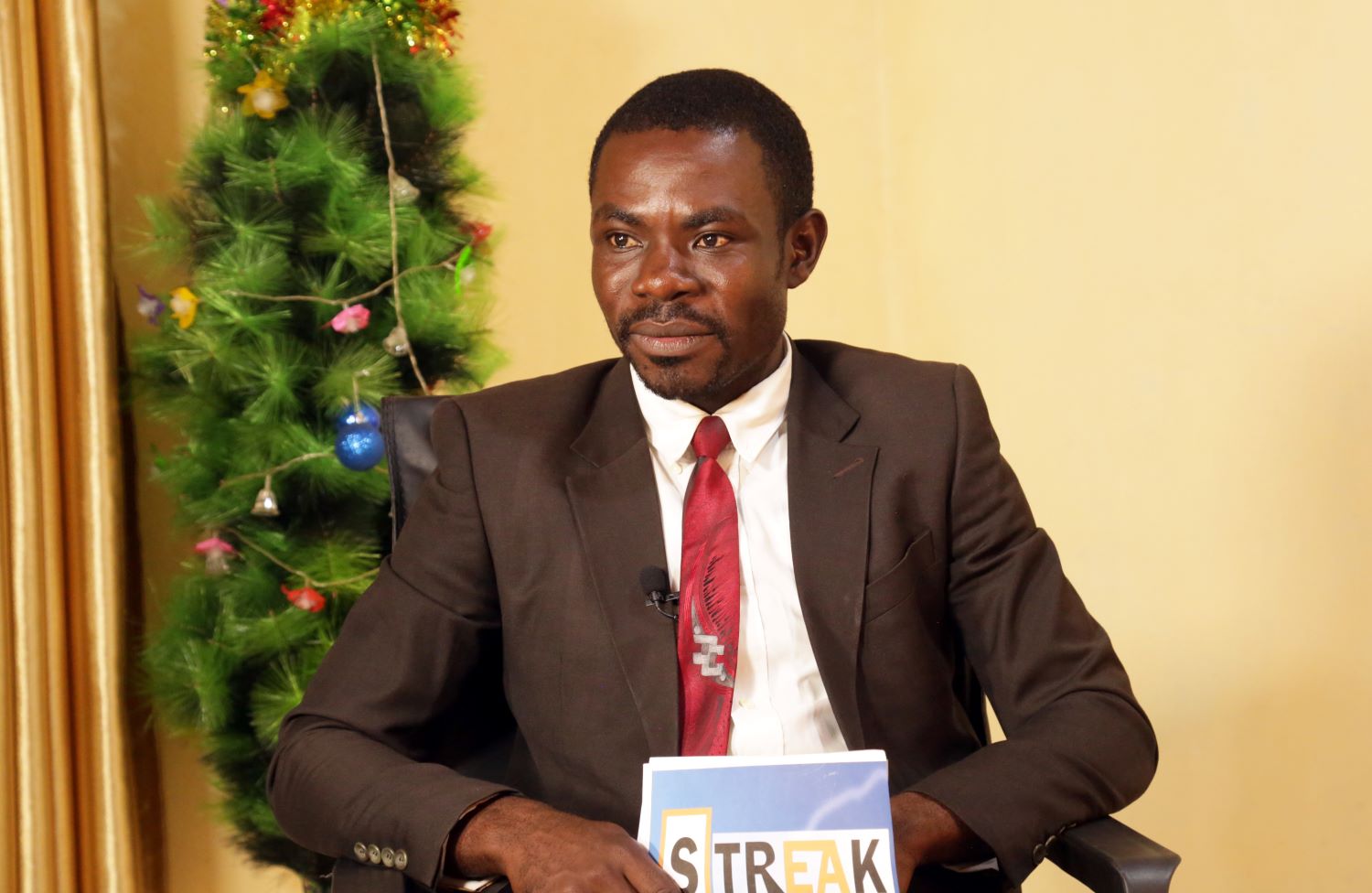يوقعن حضورهن في كل الساحات المشتعلة. ينافسن على الخبر والصورة، على الجوائز الكبرى للتقارير الميدانية، ثم لا يتخلفن عن قوائم الضحايا النازفة دماؤهم في ساحة الشرف الإعلامي المهني. وإن جنح الانطباع العام إلى أن هذه الجرأة النسائية في تغطية النزاعات المسلحة حديثة العهد، طفحت بها العقود الأخيرة، فإن التاريخ يسجل بصمات أكيدة للصحافيات اللواتي انبرين منذ بدايات القرن العشرين لرواية الفصول الدموية من التاريخ البشري بأصواتهن الخاصة. صحافة الحرب لا تخرج عن منحى التأنيث الذي يطبع مختلف الأنشطة الانسانية، المدنية منها والعسكرية. المرأة تمارس فعل الحرب في صفوف الجيوش والميليشيات، بقدر ما تنخرط في الشهادة عليه من موقع الممارسة الصحافية.
حضور مبكر في الجبهات
يشير سجل الصحافة النسائية في مناطق النزاع إلى أن النمساوية أليس شاليك Alice Schalek كانت أول مصورة حربية. وفي متحف الحرب العظمى ببريطانيا، تحفظ مجموعة صور لنساء صحفيات غطين الحرب، تعود إلى 1917. في الحرب العالمية الأولى كن ينحدرن أساسا من إنجلترا والنمسا. في الحرب العالمية الثانية، اتسع المشهد لنساء صحافيات من الاتحاد السوفياتي، فرنسا، اليونان، فنلندا، هولندا، النرويج، الولايات المتحدة وحتى من جنوب إفريقيا. كن أكثر من 120 صحافية ومصورة معتمدة لتغطية الحرب.
في الحرب الأهلية الاسبانية (1936-1939)، اتخذت تغطية الحرب بعيون نسائية بعدا دوليا. بعضهن كن إلى جنب الجمهوريين وأخريات دعمن بالكاميرا صف القوميين. واحتفظت ذاكرة هذه الحرب بسقوط الصحفية المصورة جيردا تارو Gerda Taro أثناء تغطيتها للمعارك (1).
من الحرب الأهلية الاسبانية (1936) حتى الغزو الأمريكي لباناما، كانت مارثا كيلهورن Martha Gellhorn (1908-1998)، شاهدة على حروب القرن العشرين. هي إحدى زوجات الكاتب إرنست هيمينغواي، تقاسمت معه الكتابة الأدبية والكتابة عن الحرب معا، وتقاسمت معه الإقامة الكوبية أيضا. سجلت مارثا حضورها في الحرب العالمية الثانية بتغطية إنزال القوات الأمريكية الشهير في النورماندي، ولم لكن لها أن تفوت حرب الفيتنام والسالفادور لتواكب في ال 81 من عمرها اجتياح أمريكا لباناما.
مع ذلك ظل وجود الصحافيات على ساحات الحروب استثناء ناضلن ضده من منطلق المساواة والقدرة المهنية المتكافئة على إنجاز المهمات ولو في ظروف بيئة معادية. في المقابل ظلت المؤسسات الإعلامية مترددة في إيفاد صحافيات إلى مناطق الحروب ولو من منطلق أمني حمائي أكثر منه بقصد تمييزي إقصائي. في فرنسا، بداية التسعينيات، منحت مؤسسة TF1 الفرصة لكارولين سينز Caroline Sinz لتغطية ساحة من الساحات المشتعلة للبلقان. تقول كارولين: "كانت حرب كوسوفو، في 1999، فرصتي. لا أحد أراد الذهاب. فكنت اختيارا في غياب المرشحين" (2).
أما في العالم العربي، فلم يكن استثناء من هذه الحركية النسائية في صحافة الحرب. فقد تضافر ظهور الفضائيات ذات التغطية الواسعة مع انفجار بؤر النزاع في ربوعه، وخصوصا في خضم انتفاضات الربيع العربي، ليفسح المجال أمام بروز عدد من الصحافيات العربيات اللواتي اخترقن مناطق النار بمهنية وجرأة لا تقل عن تجربة زملائهن.
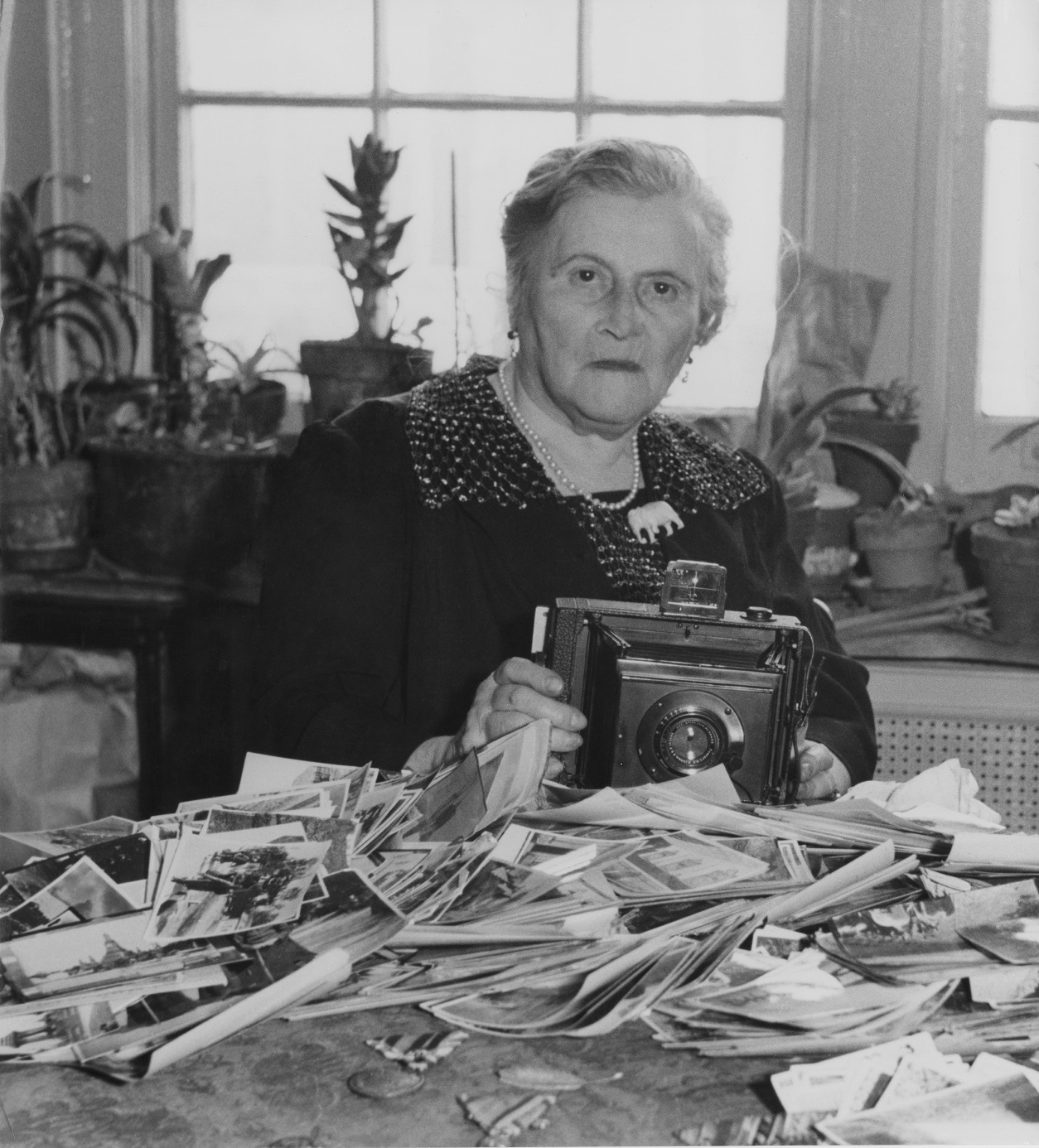
قائمة الضحايا تتأنث
لقد جاءت حروب الألفية الجديدة، التي اتخذت في معظمها طابعا أهليا، مع ما يرافقها من خصائص ميدانية معقدة، وقواعد اشتباك ملتبسة، لتتفتح قائمة لا محدودة من الصحفيين والصحافيات الذين يسقطون على الميدان وهم بصدد تغطية الحروب التي يراد لها أن تشنن أحيانا في صمت، وظلام.
في السادسة والعشرين من عمرها، كانت كامي لوباج Camille Lepage، تواصل مغامراتها على خطوط النار من قارة لأخرى، حين لفظت أنفاسها بإفريقيا الوسطى في ماي 2014. مفعول صدمة لدى رأي عام يدهش لاختيارات مهنية وإنسانية "غريبة" تقدم عليها فتاة في ربيعها، أخطأتها النيران في أفغانستان وجنوب السودان لتموت في مهمة خاصة على الحدود بين افريقيا الوسطى والكاميرون. برصاصة في الرأس، وقعت المصورة الصحفية يوم 12 ماي 2014 في الطريق لتغطية مشكل استغلال مواقع للماس، أحد مصادر تمويل الحروب في القارة.
قبلها، في فبراير 2012 كانت الصحفية الأمريكية الشهيرة ماري كولفين Marie Colvin قد سقطت في حي بابا عمرو، مركز استهداف النظام السوري لمدينة حمص. كانت مراسلة "سنداي تايمز" في منتصف عقدها الخامس، قد حازت العديد من الجوائز منها "جائزة الشجاعة في الصحافة" التي تمنحها المؤسسة الدولية لنساء الاعلام. هي الشجاعة التي كلفتها قبل ذلك إحدى عينيها في سريلانكا خلال انفجار عام 2001. وظلت الواقية السوداء المثبتة على عينها المفقودة لواء مميزا لمسار مهني استثنائي.
في العراق، أصيبت السويسرية فيرونيك روبير Véronique Robert من تلفزيون فرنسا في لغم بالموصل قتل أيضا زميلين لها عراقيا وفرنسيا، فأسلمت الروح بمضاعفات الإصابة. كانت الصحفية المختصة بقضايا الشرق الأوسط، تعد روبورتاجا للبث في البرنامج المعروف "مراسل خاص" على قناة فرانس 2.
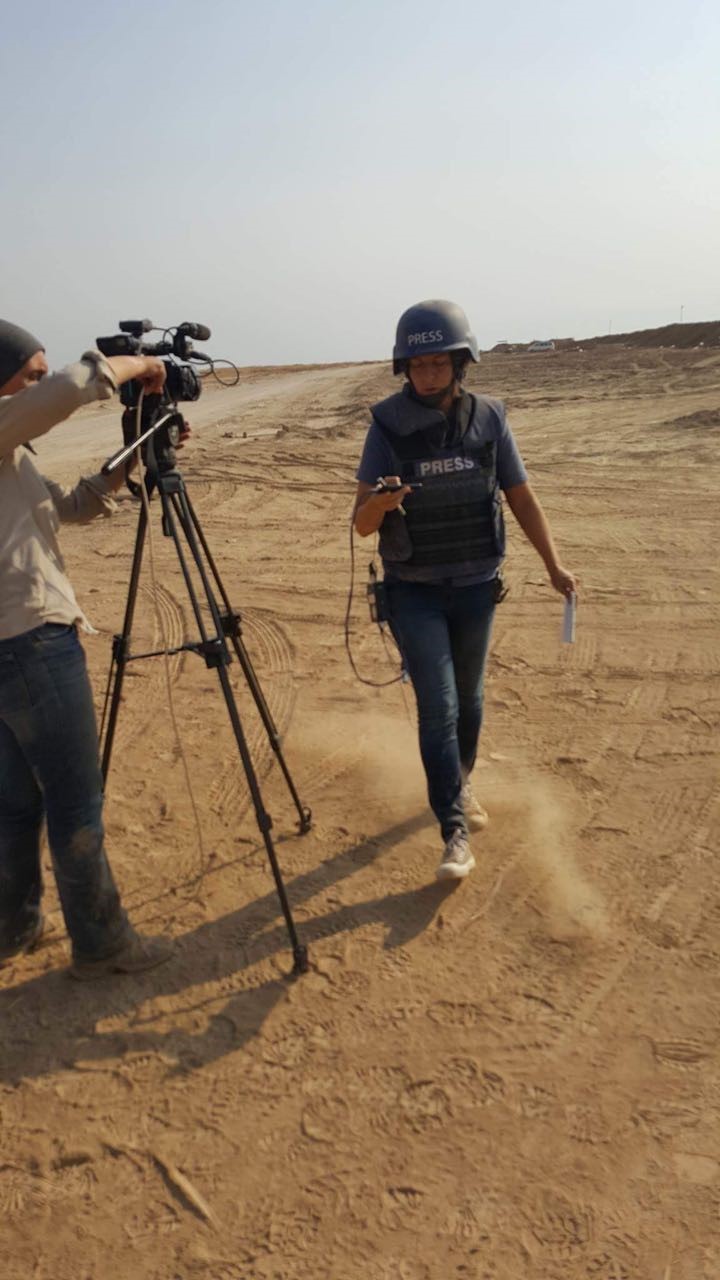
مقاربة النوع..تمييز إيجابي؟
لئن كان الموت قدرا لا يفرق بين الرجل والمرأة من الصحفيين الذين يغطون الحروب، سواء في سياق حوادث عرضية أو ضمن عمليات استهداف ممنهجة لتصفية الشهود من مسرح الجريمة، فإن سؤال النوع يبقى حاضرا على مستوى الاعتداءات ذات الطابع الجنسي التي سجل تناميها في خضم النزاعات الأخيرة وخصوصا في الاضطرابات الداخلية، التي وان كانت لا تدخل ضمن تعريف القانون الدولي للحرب، إلا أنها تتقاسم بعض خصائصها الميدانية وحتى المعيارية.
لقد اتخذ الاعتداء الجنسي الذي تعرضت له لارا لوغان Lara Logan مراسلة CBS بميدان التحرير بالقاهرة بعدا إعلاميا وحقوقيا دوليا وصل إلى حد دعت معه "مراسلون بلا حدود" المؤسسات الإعلامية إلى وقف إيفاد نساء صحافيات مؤقتا، عقب تسجيل ما لا يقل عن ثلاث حالات مماثلة بالميدان.
كان تنامي حضور النساء ضمن الصحفيين الذين يغطون المناطق الخطرة مندرجا ضمن قناعات مترسخة بالمساواة بين الجنسين والايمان بالقدرة على الإنجاز وخوض المغامرة تحت ضغط المخاطر القصوي، لكن حوادث الاعتداء الجنسي خلخلت المشهد وتجدد معها الجدل حول إمكانية صياغة مقاربة للنوع تؤطر الحضور النسوي في المهام الخطرة بمناطق النزاع.
في المقابل، يبدو أن الصحافيات اللواتي يتغذين على شغف مهني بقصص تروى على حافة الخطر، رفضن الدخول في أي منطق ينطوي على تنازلات أو اشتراطات ولو بداعي الحماية.
كارولين سينز Caroline Sinz، من التلفزيون الفرنسي، تعرضت لاغتصاب مماثل تسعة أشهر بعد زميلتها لارا، في نفس المكان. كان لافتا خروجها العنيف ضد موقف "مراسلون بلا حدود". لقد تمسكت بممارسة المهنة على قدر المساواة بين الجنسين. في حديث لمجلة "revue civique" قالت : "حينما يتعلق الأمر بامرأة تعمل مراسلة في ميادين صعبة، فإننا بالتأكيد ضد هذه الفكرة لأننا كافحنا من أجل الوصول إلى ما وصلنا إليه وسيكون منع النساء من الالتحاق بمناطق الحرب نكوصا حقيقيا". في مراكز إدارة التحرير نسأل غالبا: "هل أنت متأكدة من رغبتك في الذهاب؟" هل لديك أطفال، فكرت جيدا؟". سؤال الأطفال لا يطرح أبدا على الرجال (3).
نفس الرأي تشاطره إيزابيل ستايس Isabelle Staes من فرانس 2، التي تعرضت في رواندا عام 1994 لإصابات بالغة والاحتجاز لمدة 48 ساعة. بالنسبة لها إنها مهنة شجاعة وشغف "لم أشعر قط بأي اختلاف بين الرجل والمرأة في ممارسة هذه المهنة" (4).
في المقابل، ترفض غالبية الصحافيات تخصيص معاملة متميزة لهن مقارنة مع نظرائهن الرجال. بل أكثر من ذلك، تقول غريتشن بيترز Gretchen Petrs التي غطت أوضاع باكستان وأفغانستان لمدة فاقت عقدا من الزمن إن الصحافيات في مجتمع محافظ مثل المجتمعات المسلمة لهن حظ أفضل في الوصول الى المعلومات بالنظر الى قدرتهن على الوصول الى نصف المجتمع (النساء) المحظور على الرجال (5).
نفس الطرح تؤكده الفرنسية آن نيفا Nivat Anne، الصحفية المستقلة التي غطت حروب العراق وأفغانستان والشيشان في كتاب Chienne de guerre (2001)، فقد اعتبرت أنه من الأسهل بالنسبة للصحفيات تغطية النزاعات داخل المجتمعات المسلمة (6).
ولعل شهادة صحافية عربية عن الواقع العربي في ارتباط مع مسألة النوع (الجندر) في تغطية الحروب، أكثر دقة وحرارة ميدانية. تقول زينة خضر، مراسلة "الجزيرة"، ذات التجربة الغنية بمناطق التوتر، في مقابلة أجراها معها عواد جمعة على موقع "معهد الجزيرة للإعلام"، إن الجندر يكون نعمة أحياناً ونقمة أحياناً أخرى. "ففي بعض الأوقات يرفض رجال من مجموعات معينة التحدث إلي لأني امرأة ولكني أعتقد أن هناك طريقة للتعامل مع الأمر. برأيي إن ذلك مرتبط بكيفية مقاربتك للناس إذ عليك أن تتصرّف بشكل مختلف، حازم وليس عدوانياً. فمجرّد كوني امرأة لا يعني أنّي أضعف من الباقين. كما عليك أن تكسب ثقة الناس، إذ إن الأمر برمّته مرتبط بالثقة وبكيفية تقديم نفسك للناس. والمراسلة التي تتمتع بالخبرة ستكسب الاحترام أكثر من مراسل عديم الخبرة غير قادر على إظهار الثقة بالنفس والتفهّم".
وتضيف زينة خضر أنه "إذا جعلت رجلاً يشعر بأنه شقيقك وأن لديه مسؤولية الحفاظ على سلامتك، فهذا عامل مساعد. ففي العالم العربي ثمة نزعة لدى الناس بأن من واجب الرجال حماية النساء ومعاملتهنّ كشقيقات" لتخلص بالتالي إلى أن "الأمر يرتبط بكيف تقارب الناس وكيف تتصرف وكيف تقدّم نفسك. وبمجرد أن تكسب احترام الناس، من المتوقّع أن يساعدوك" (7).
الأفق: تكوين في تدبير المخاطر
إن الموقف المبدئي الذي يقدم منطق المساواة على مقاربة الجندر، ويرفض أي تمييز إيجابي، لا يرفع واقع المؤشرات التي تفيد بأن المخاطر والانتهاكات التي تواجهها الصحافيات في قيامهن بمهام خطرة تتصاعد. دراسة أنجزها المعهد الدولي لسلامة الأخبار INSI في 2010 خلصت إلى أن صعوبات خاصة تواجهها النساء. وأفضت الدراسة التي مولتها الوكالة السويدية للتعاون من أجل التنمية الى أن أزيد من 80 في المائة من الصحافيات المستجوبات تحدثن عن اعتداءات جسدية وتحرشات مختلفة تعرضن لها أثناء مهامهن.
تظل حالات الاعتداء على الصحافيات قليلة بالمقارنة مع زملائهم، لكن لا يمكن إغفال المنحى التصاعدي في عدد الضحايا، والذي سجلته المنظمات الدولية منذ سنوات. من خمس قتيلات عام 2012، انتقل العدد إلى عشرة عام 2016، حسب البرنامج الدولي لتطوير الاتصال التابع لليونسكو. أما نسبة القتلى من النساء مقارنة مع الرجال، فارتفعت أيضا من 4 في المائة عام 2012 الى 10 في المائة عام 2016 لتصل الى 14 في المائة عام 2017.
بين المقاربة المساواتية الحقوقية ومراعاة الواقع الملموس الذي يفيد بأن المرأة معرضة أكثر من غيرها، خصوصا في مناطق بعينها، لمخاطر مضاعفة، بما فيها خطر الاعتداء الجنسي، يتواصل الجدل، ليبقى الحسم عمليا بيد رؤساء التحرير ومدراء المؤسسات الاعلامية الذين قد يغلفون قرارات انتداب الصحافيين لساحات الحروب بدواعي مهنية حتى وإن كان المراد في الحقيقة إقصاء النساء من خوض المغامرة الاعلامية على ميدان الحرب.
وبرغم الشواهد الأخيرة حول الاعتداءات التي تعرضن لها، فإن أنصار المقاربة المساواتية يؤكدون أن النساء الصحافيات لسن أقل قدرة على المقاومة في مناطق النزاع. وجاءت الدراسات النفسية للبروفيسور أنتوني فينستين حول انعكاسات تغطية الحروب على الصحة النفسية للمراسلين، لتؤكد أن النساء لسن أكثر معاناة من أعراض ما بعد الصدمة والاضطرابات العصبية والنفسية للحرب.
ورغم كل التقدم المحقق في النظر إلى حقوق المرأة من باب المساواة، تجمع شهادات الصحافيات على أن الأحكام المسبقة السائدة تشكل عدوا حقيقيا لهن (8).
والواقع أنه يصعب في سياق تعلو فيه مقولات المساواة بين الجنسين، إقرار سياسات تدبيرية إعلامية مانعة للصحافيات من المشاركة في انجاز مهام التغطية الإعلامية في مناطق الحرب، ولو بدافع الخوف على سلامتهن، وما يبقى مطروحا بالتالي هو تعزيز آلية الحماية على مستوى التكوين والتحسيس من أجل تدبير أمثل للمخاطر، يؤخذ فيه سؤال الجندر بعين الاعتبار، من حيث تمكين الصحافيات من استحضار الخصوصيات السوسيولوجية للبيئة موضوع التغطية الاعلامية، ضمن ترسانة السلامة الشخصية.
مراجع:
[1] Beckers, Marion et Moortgat, Elisabeth: Regards féminins sur la guerre. ARTE. 2 mars 2016. https://info.arte.tv/fr/le-regard-feminin-sur-la-guerre.
[2] Véronique Groussard: Journaliste agressée au Caire: France 3 refuse son témoignage en direct. L'Obs. 01 décembre 2011: https://www.nouvelobs.com/monde/20111130.OBS5709/journaliste-agressee-a….
[3] Caroline Sinz: Retour sur viol, Place Tahrir. La revue civique. Printemps-été 2012. In : http://revuecivique.eu/articles-et-entretiens/responsabilite-des-medias/caroline-sinz-retour-sur-viol-place-tahrir/
[4] Caroline Sinz, violée en Egypte, en colère contre Reporters sans frontières. Purepeople 28 Novembre 2011. Disponible Sur: http://www.purepeople.com/article/caroline-sinz-violee-en-egypte-en-col… ..
[5]Joanne M Lisosky and Jennifer R Henrichsen War on Words: Who Should Protect Journalists? Praeger (July 13 2011). p 166.
[6] Ibid, P 167.
[7] دروس من مراسلة حربية.. مقابلة مع زينة خضر. إنجاز عواد جمعة. معهد الجزيرة للاعلام. 10 يوليو 2019.
https://institute.aljazeera.net/ar/ajr/article/792
[8] Saadé, Sabine: Femmes reporters de guerre au Moyen Orient entre mythes et realites. Skeyes – Beyrouth. September 10, 2012: http://www.skeyesmedia.org/fr/a/Articles/Femmes-reporters-de-guerre-au-Moyen-Orient-Entre-mythes-et-ralits

